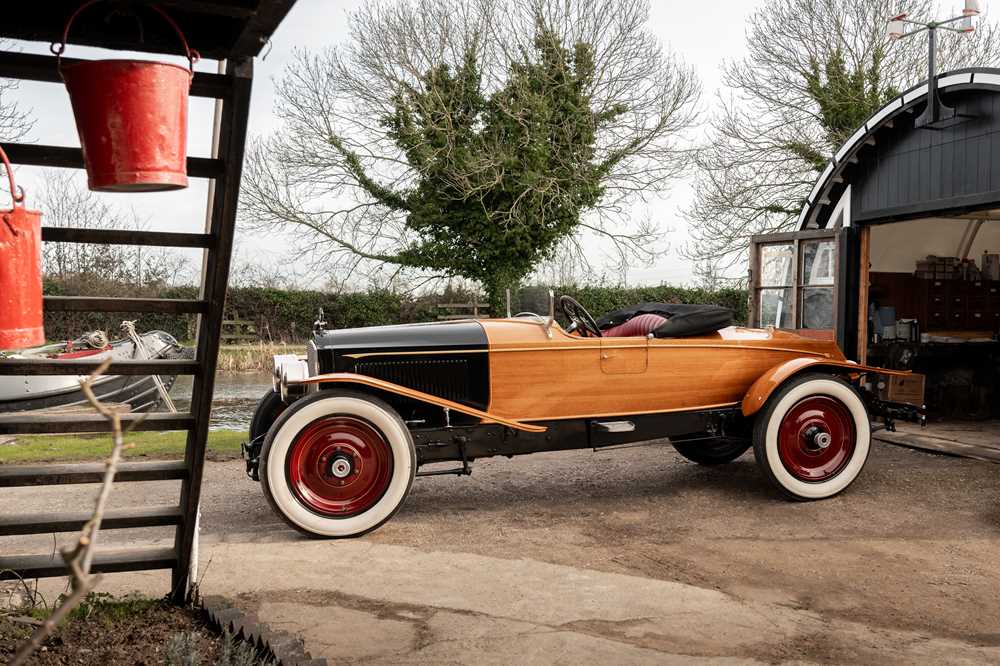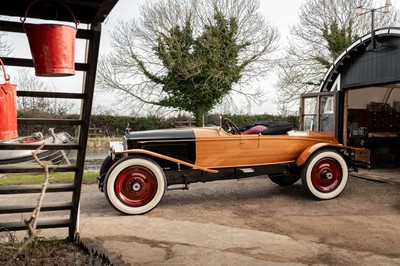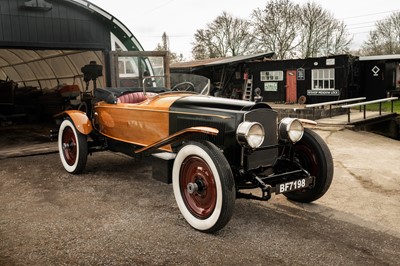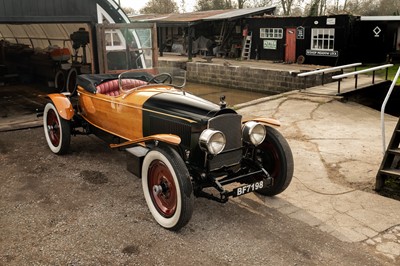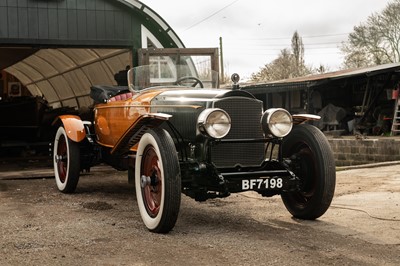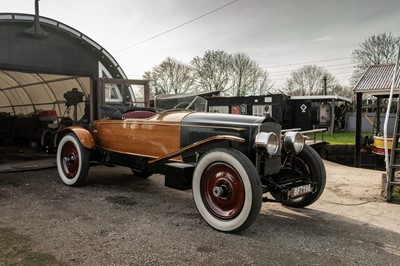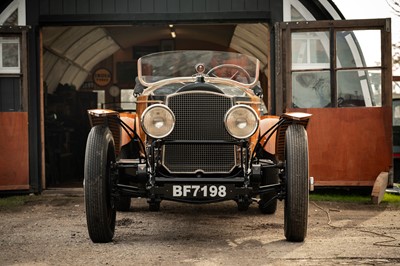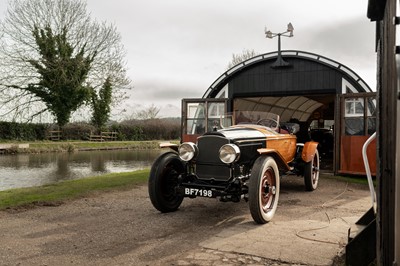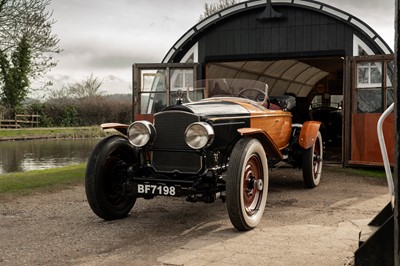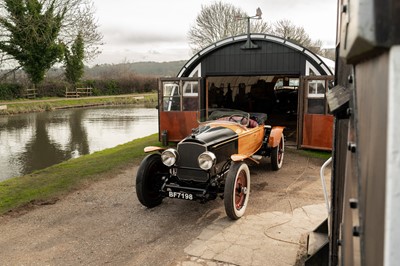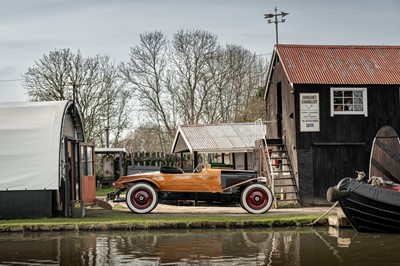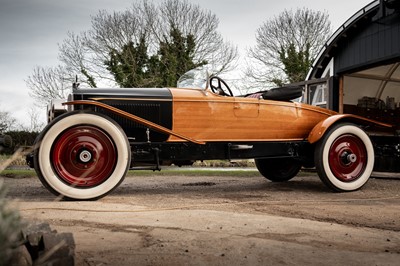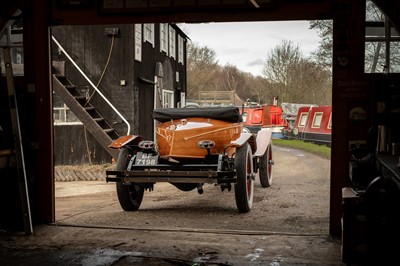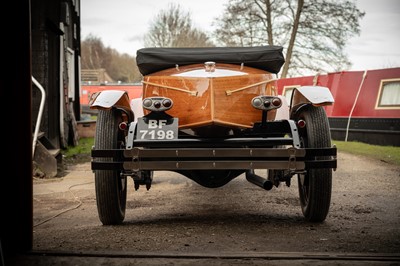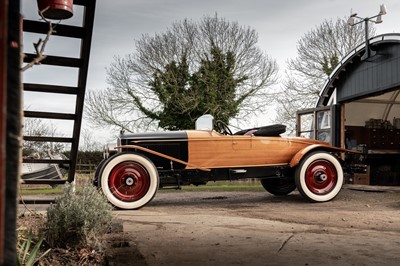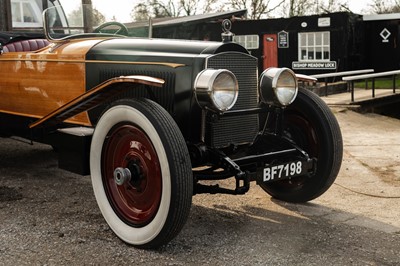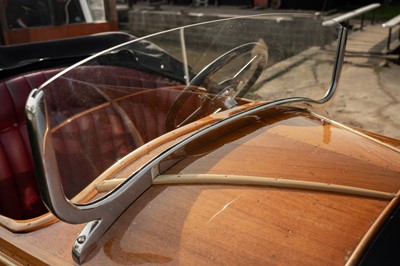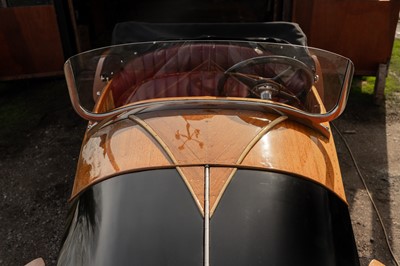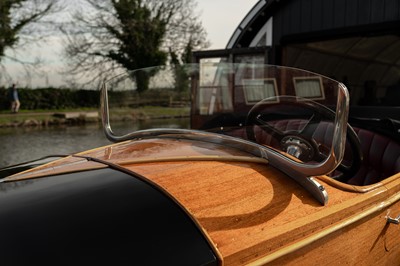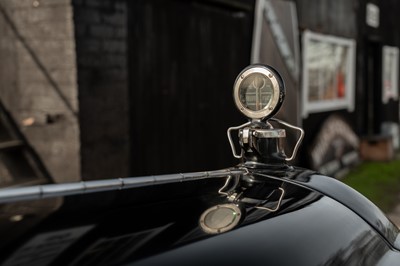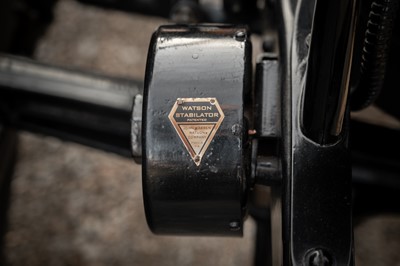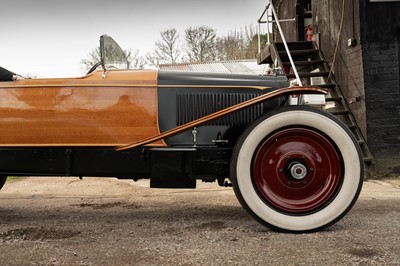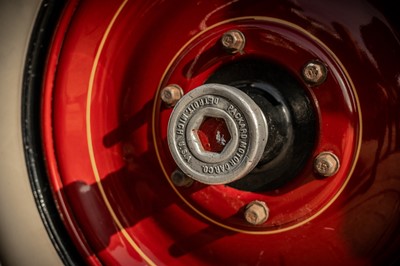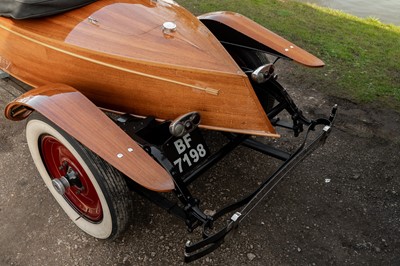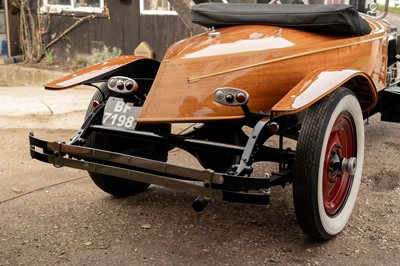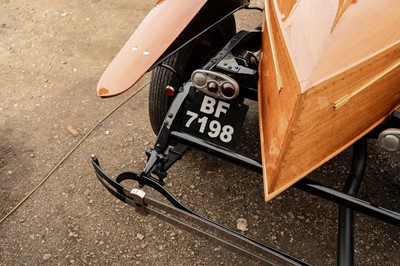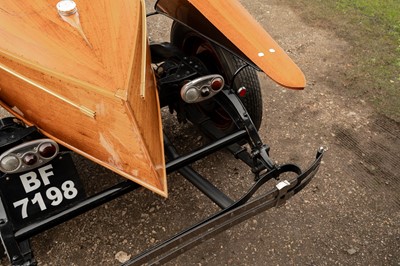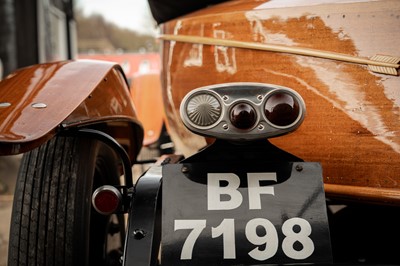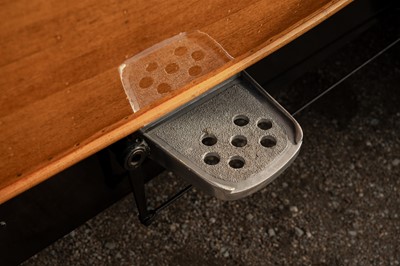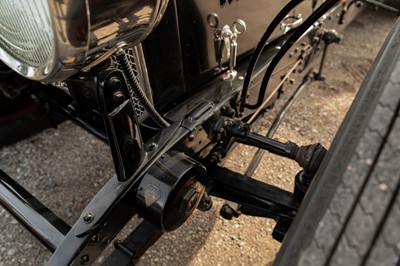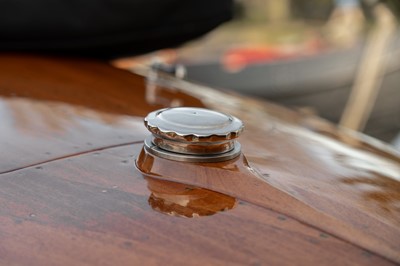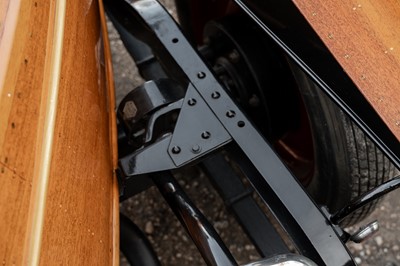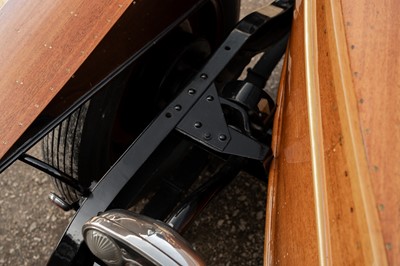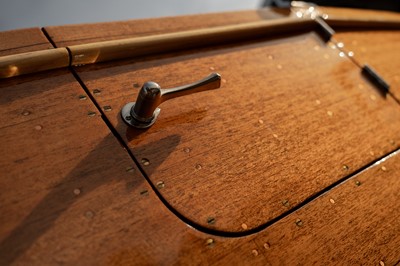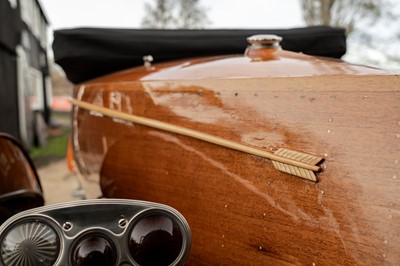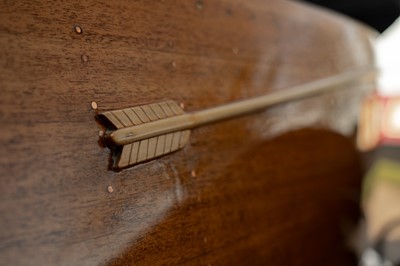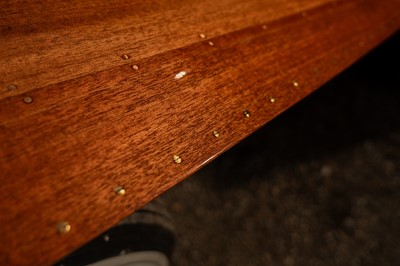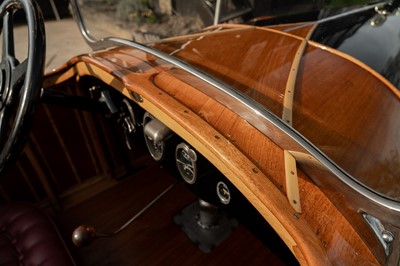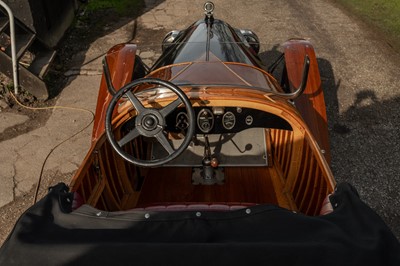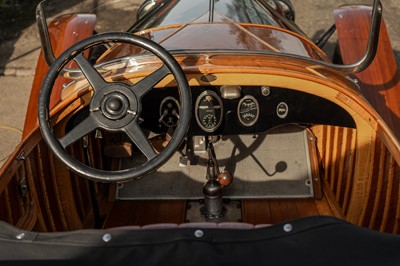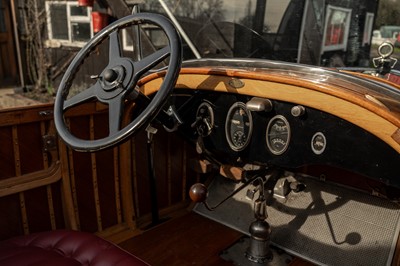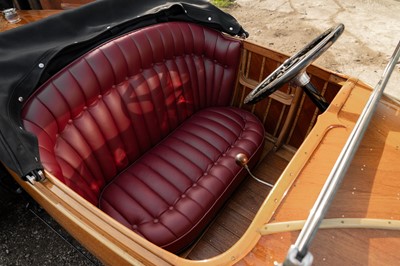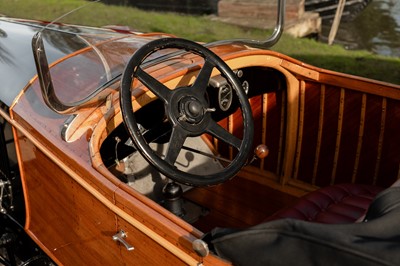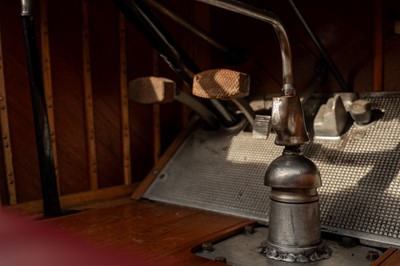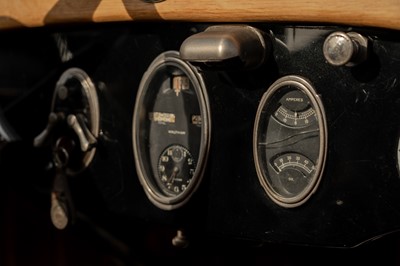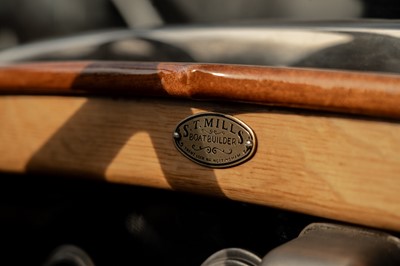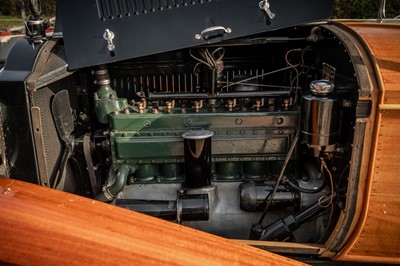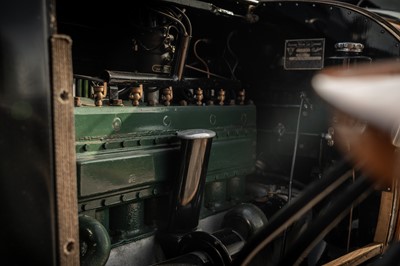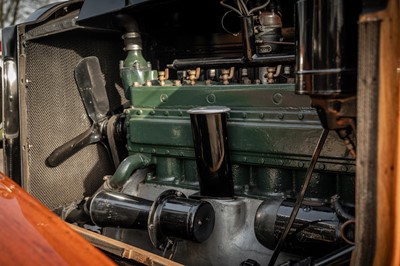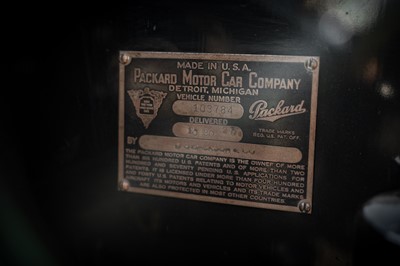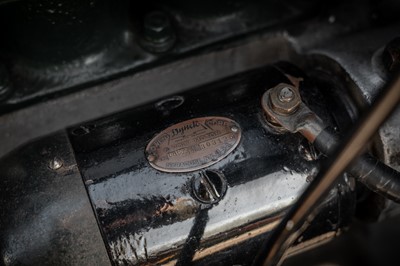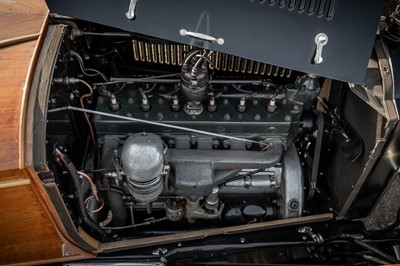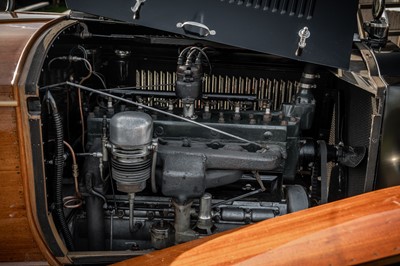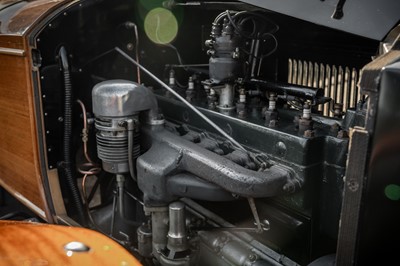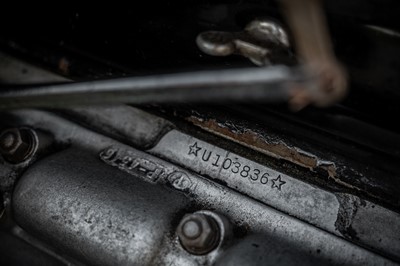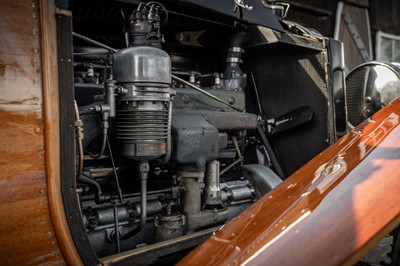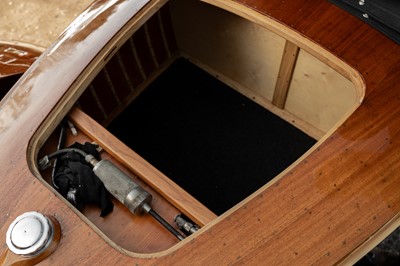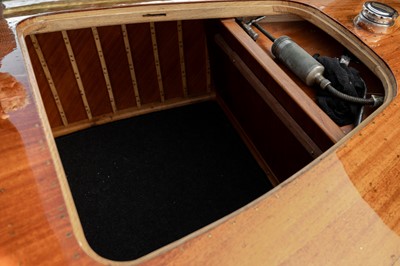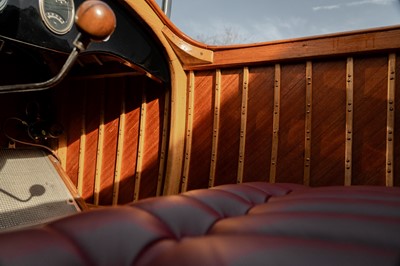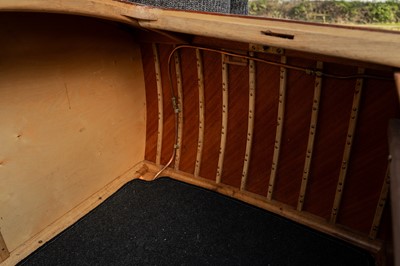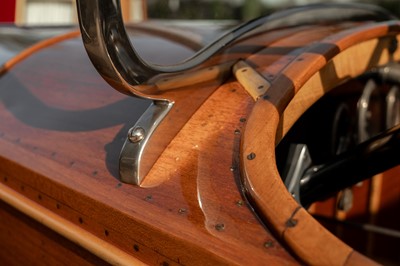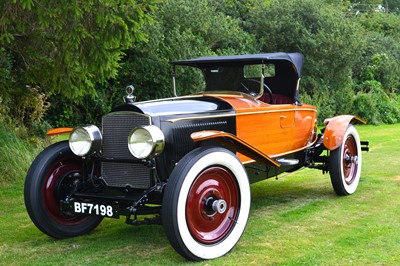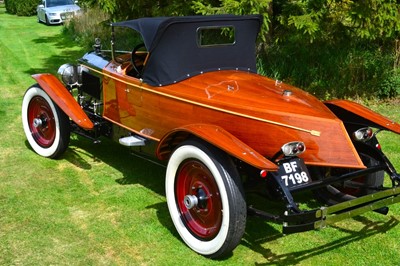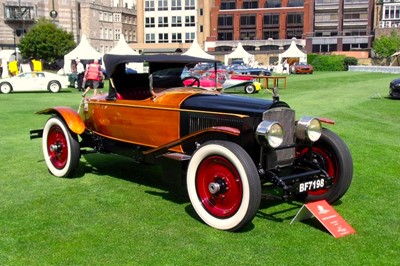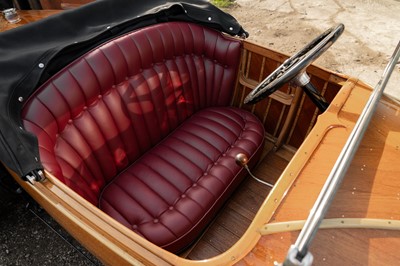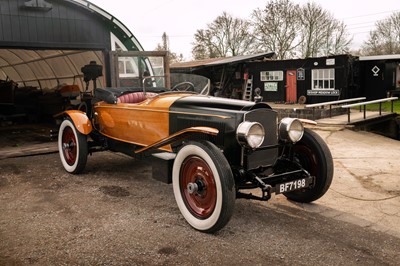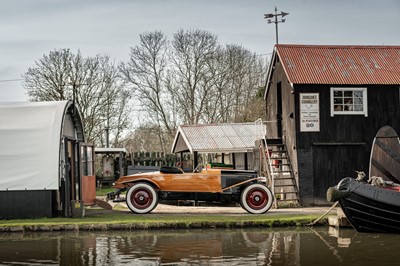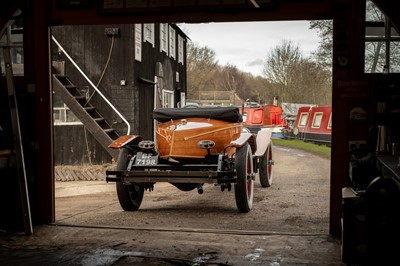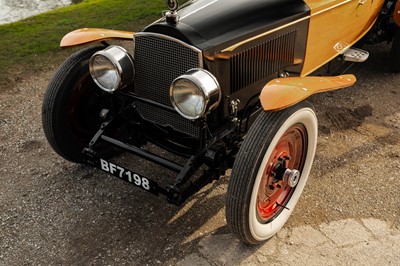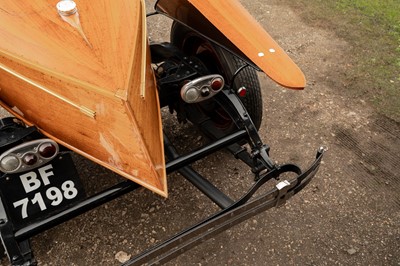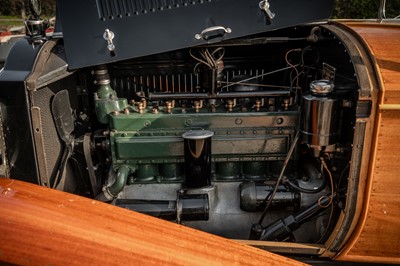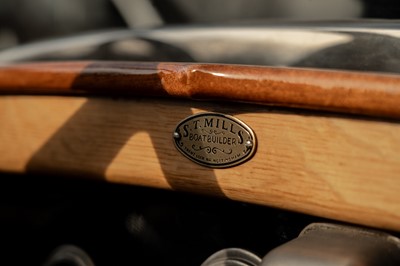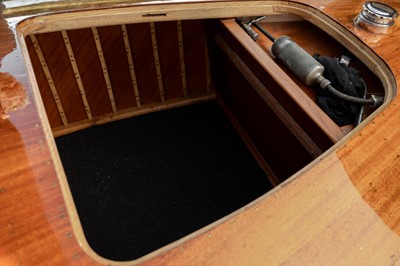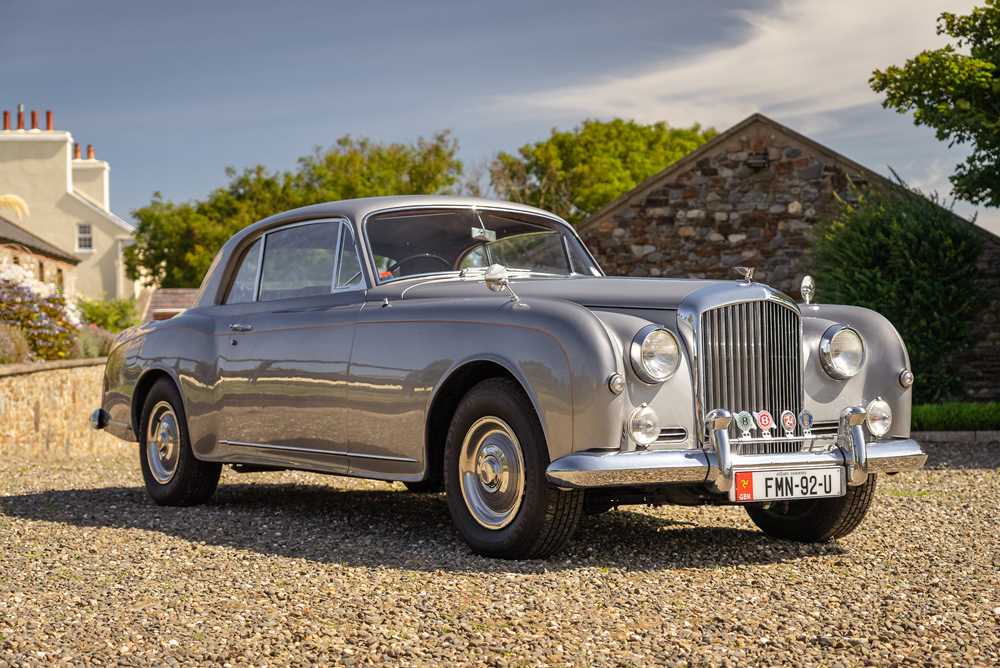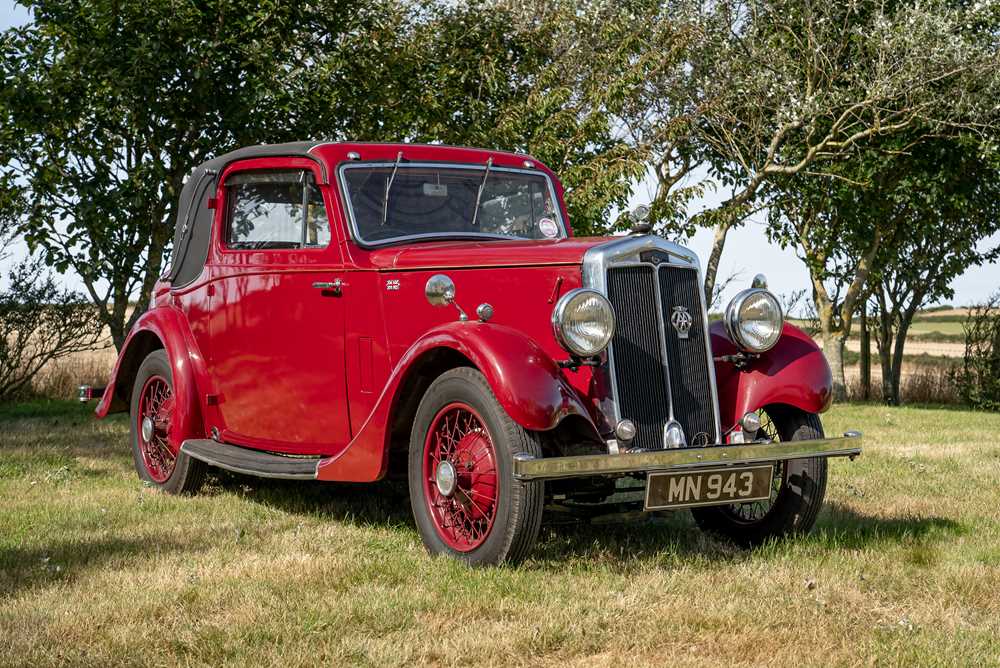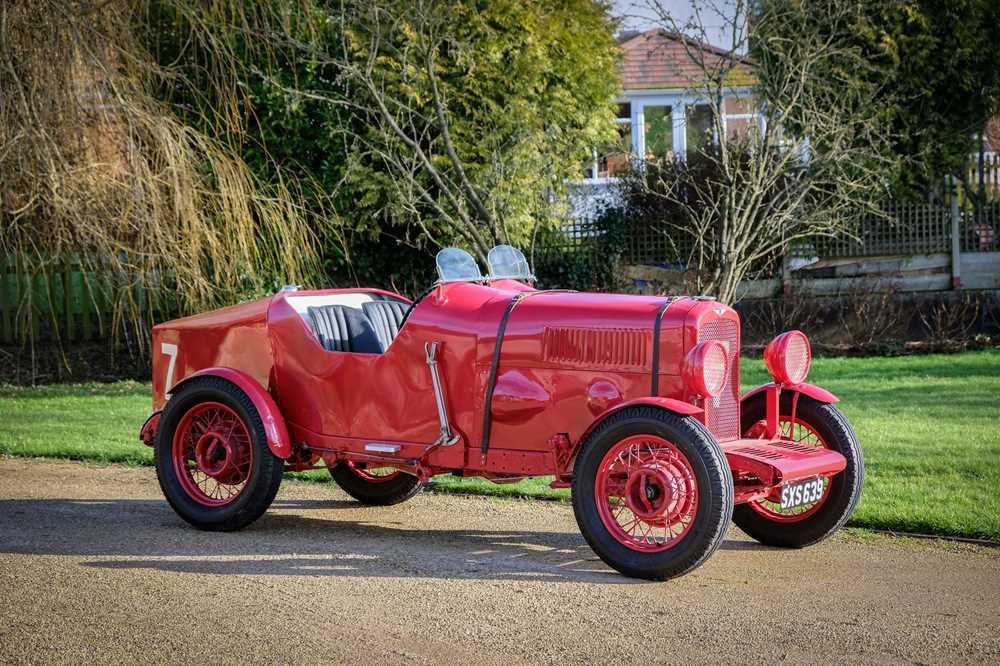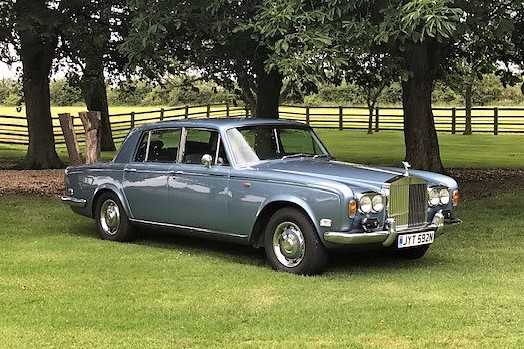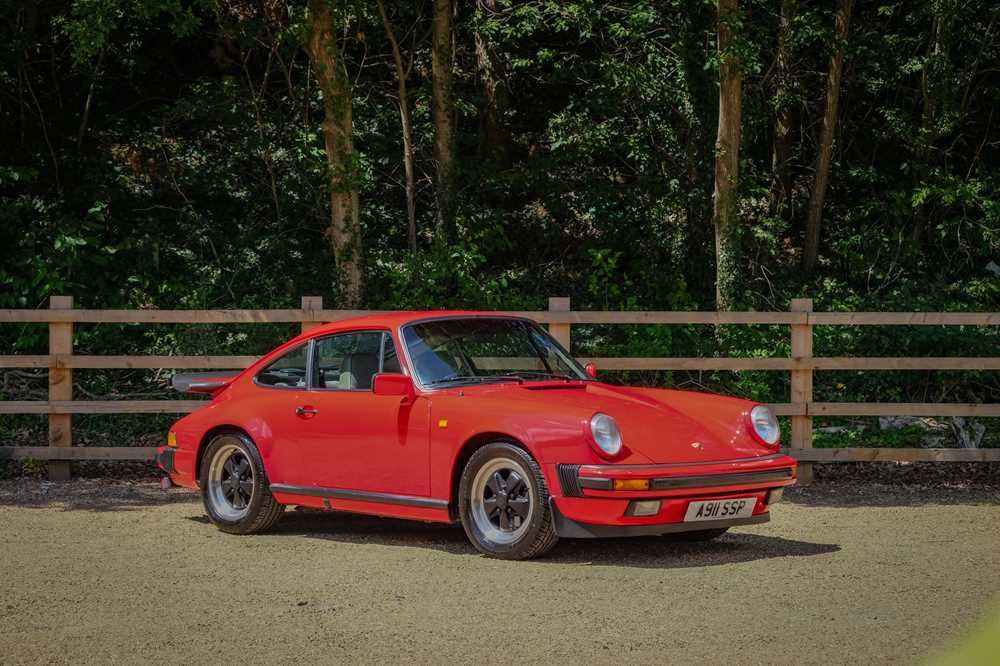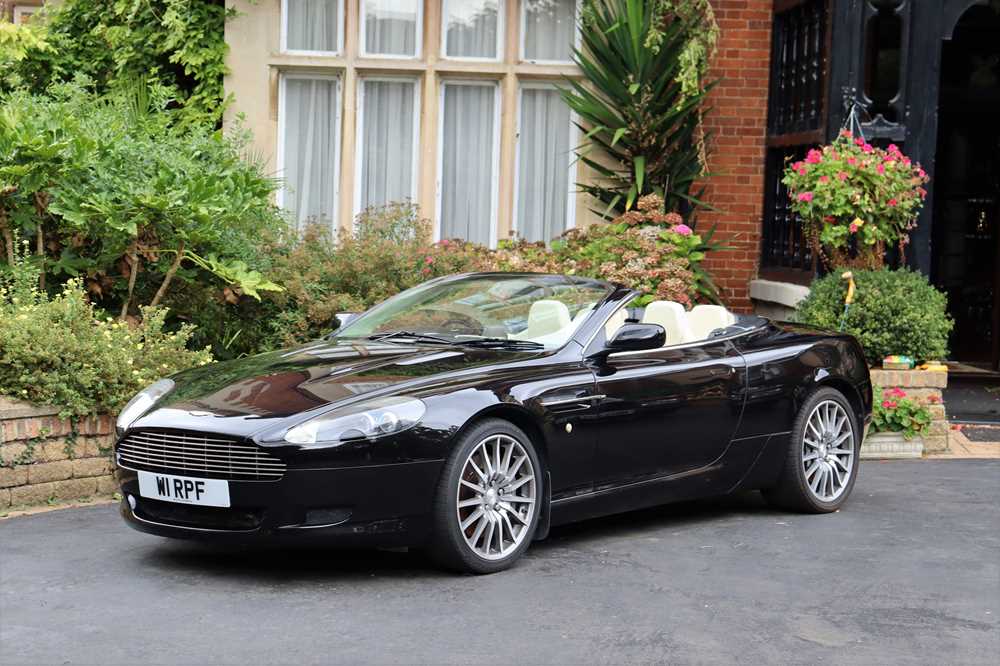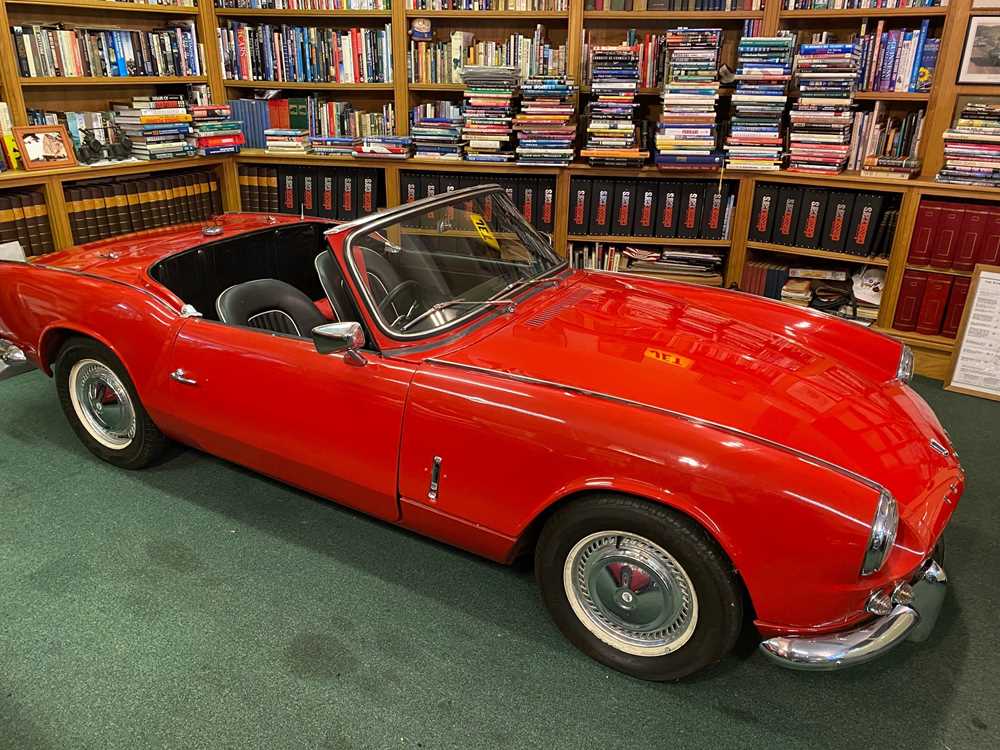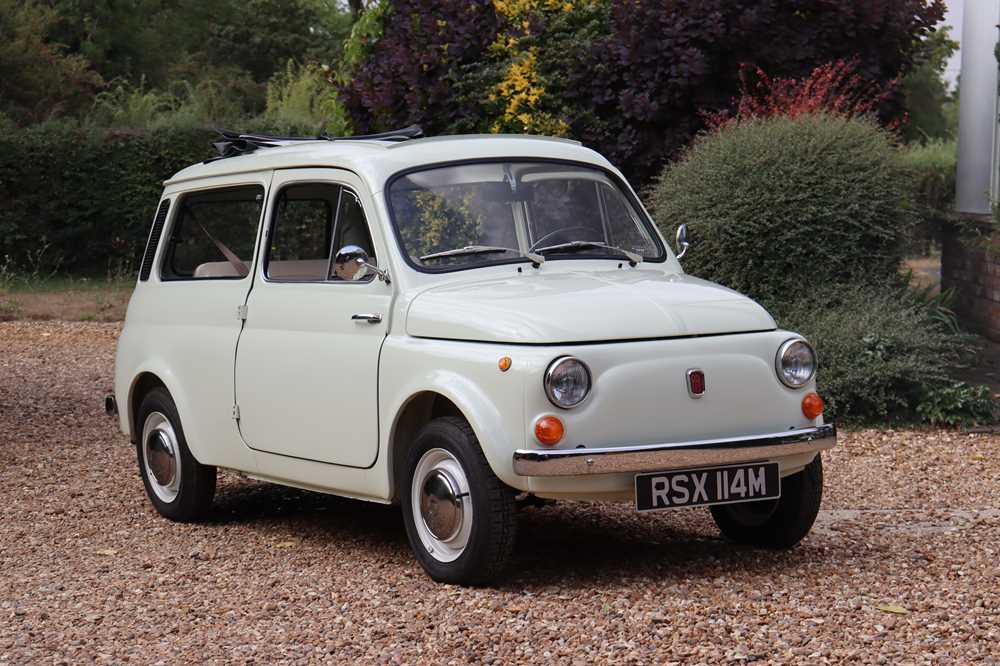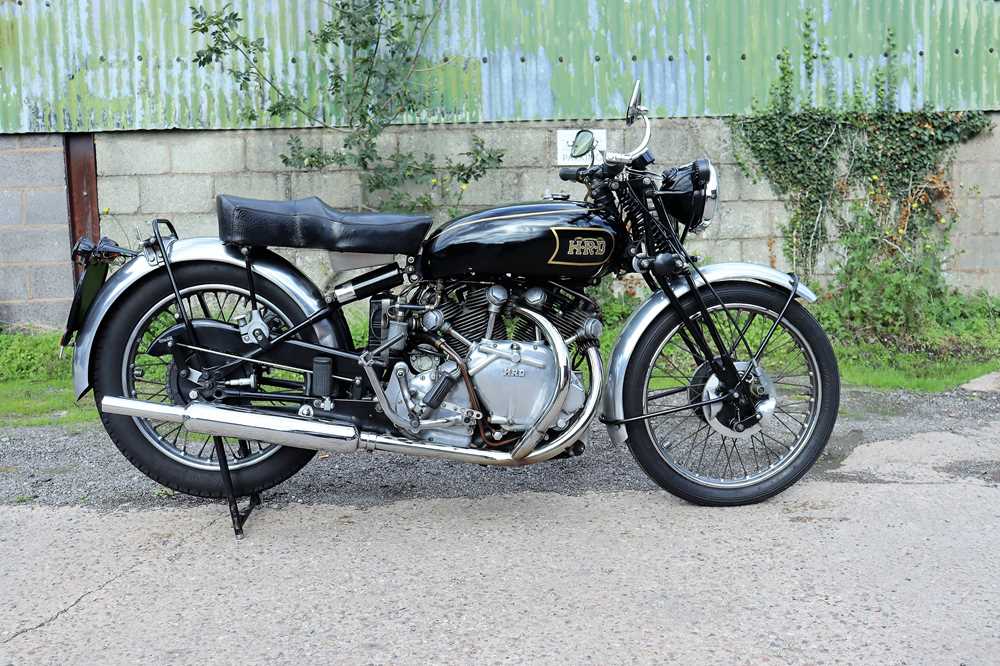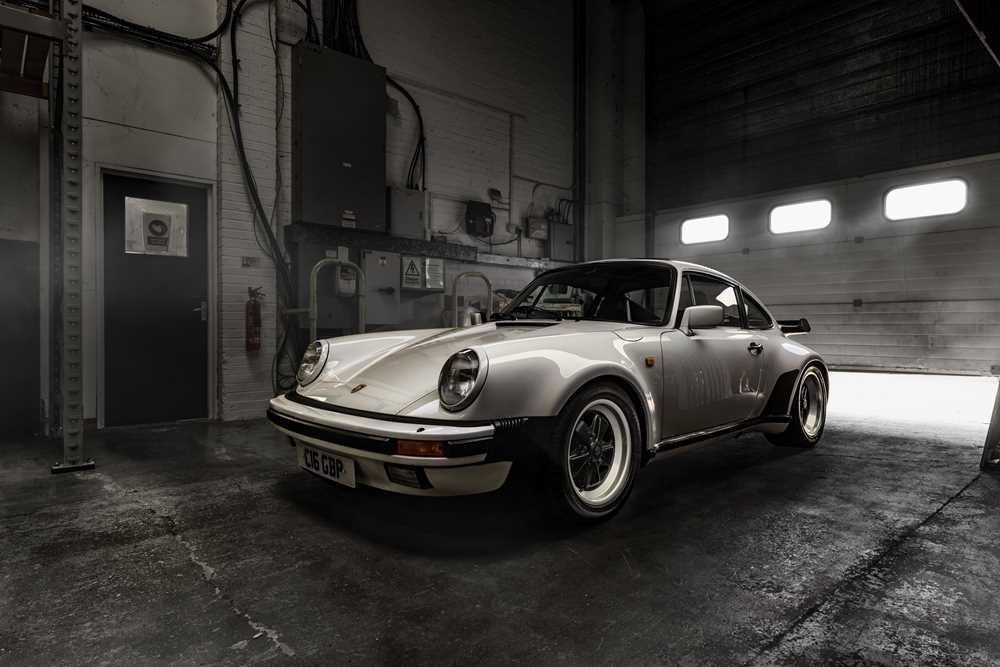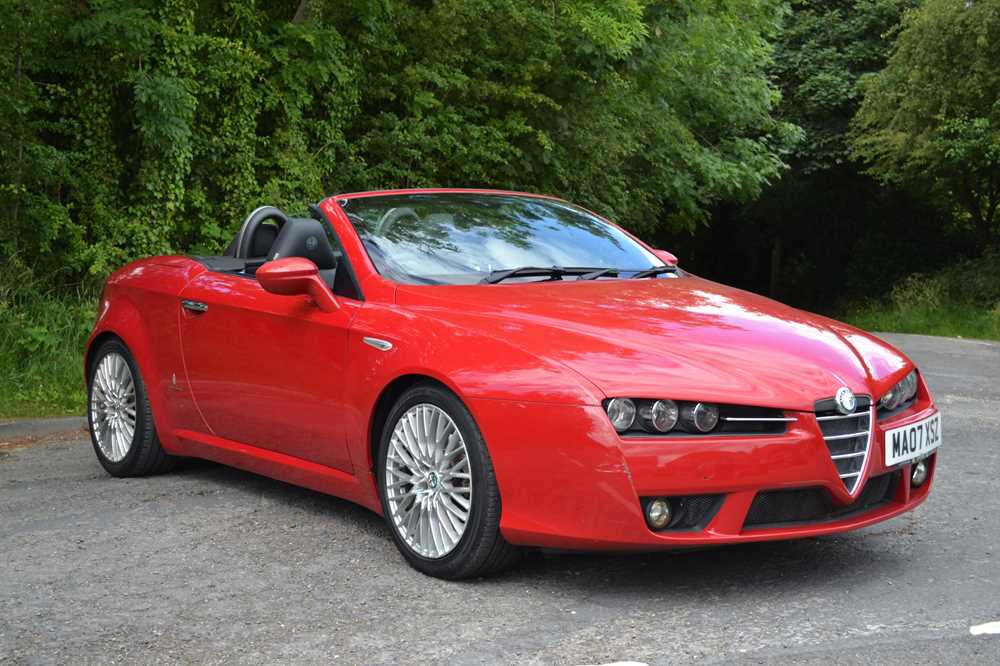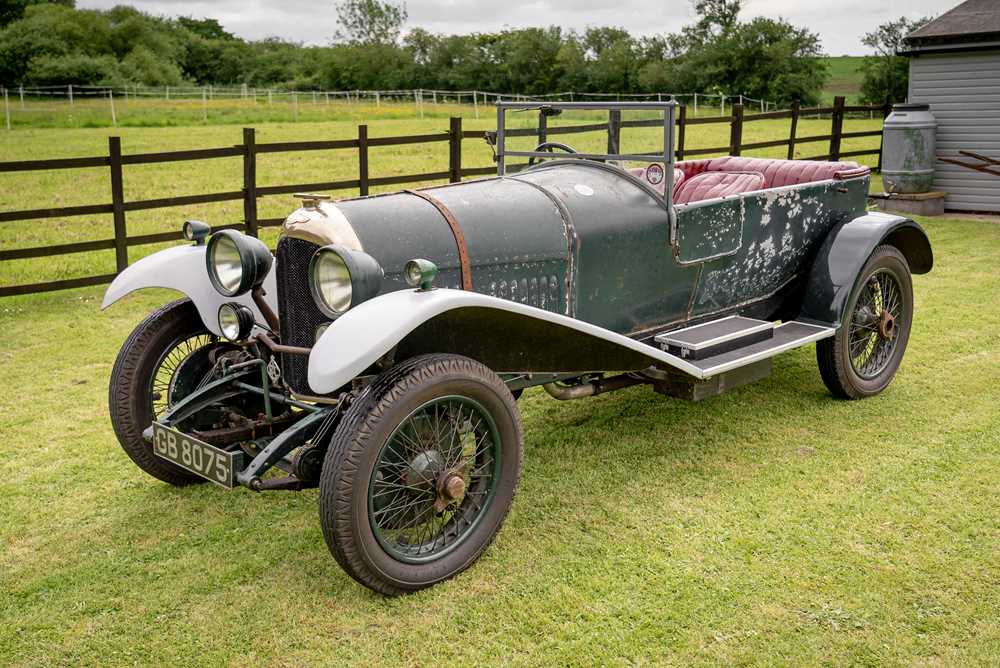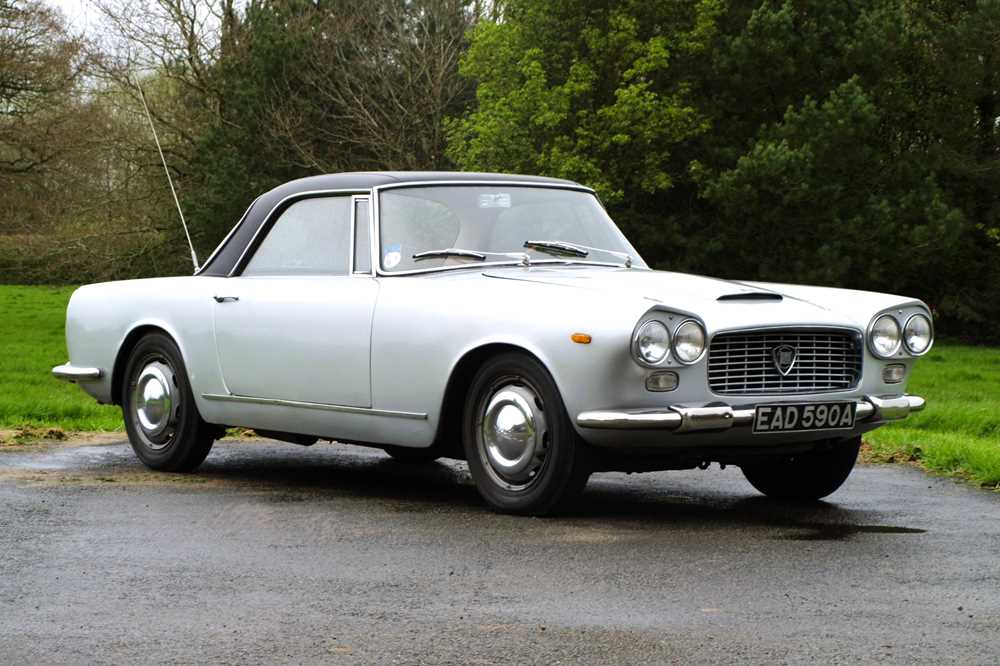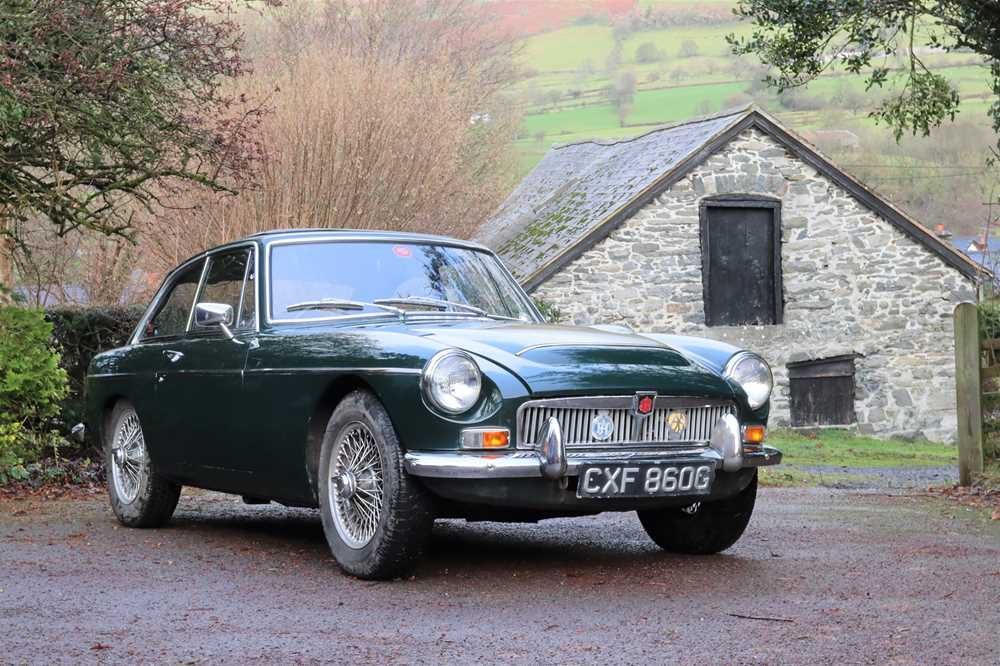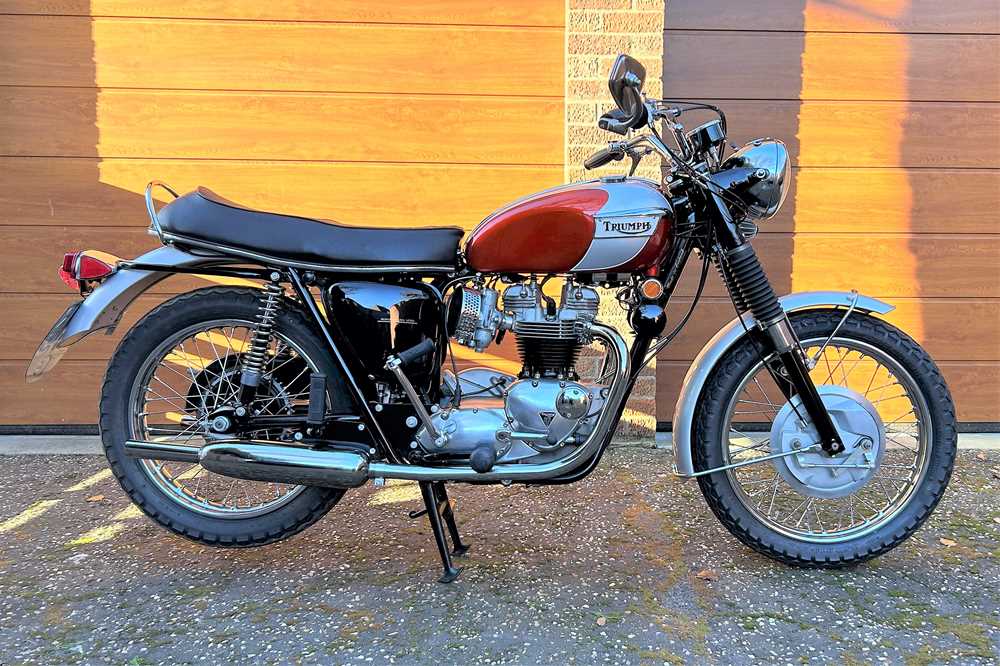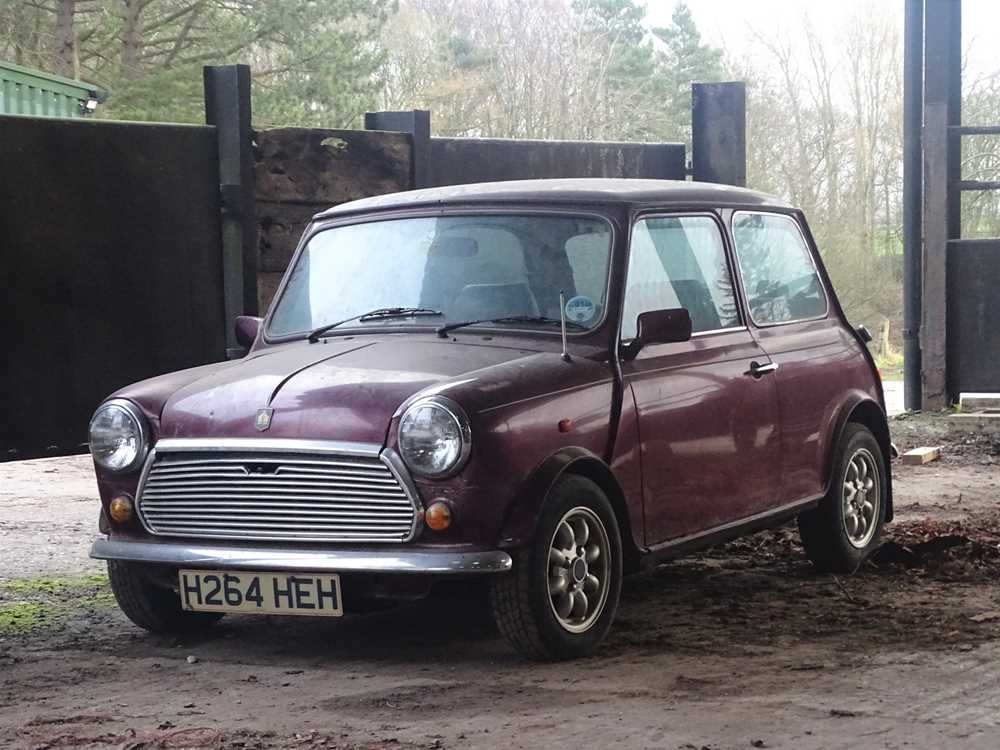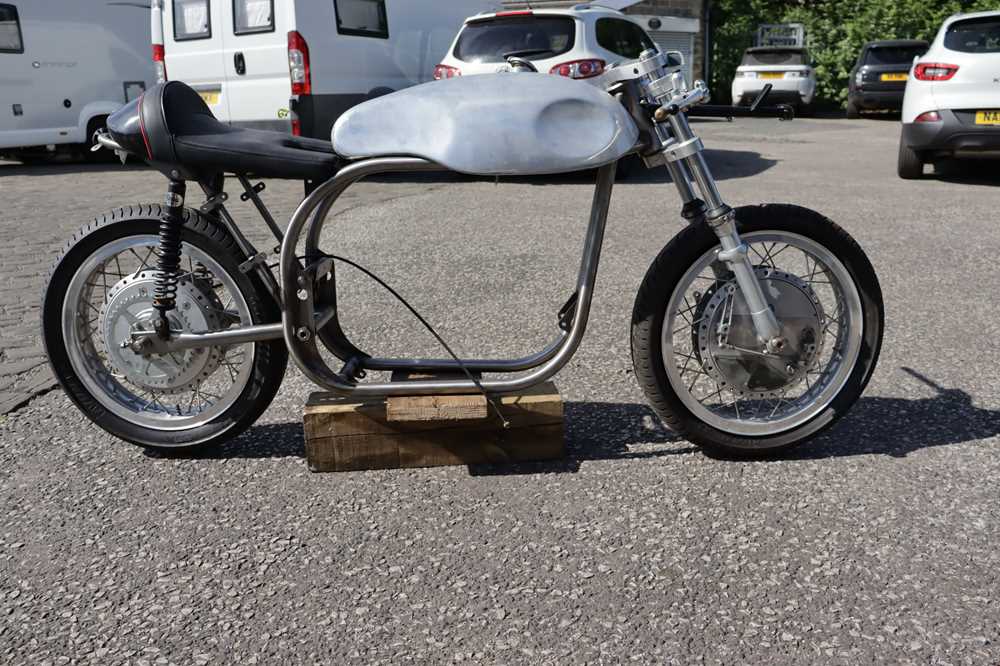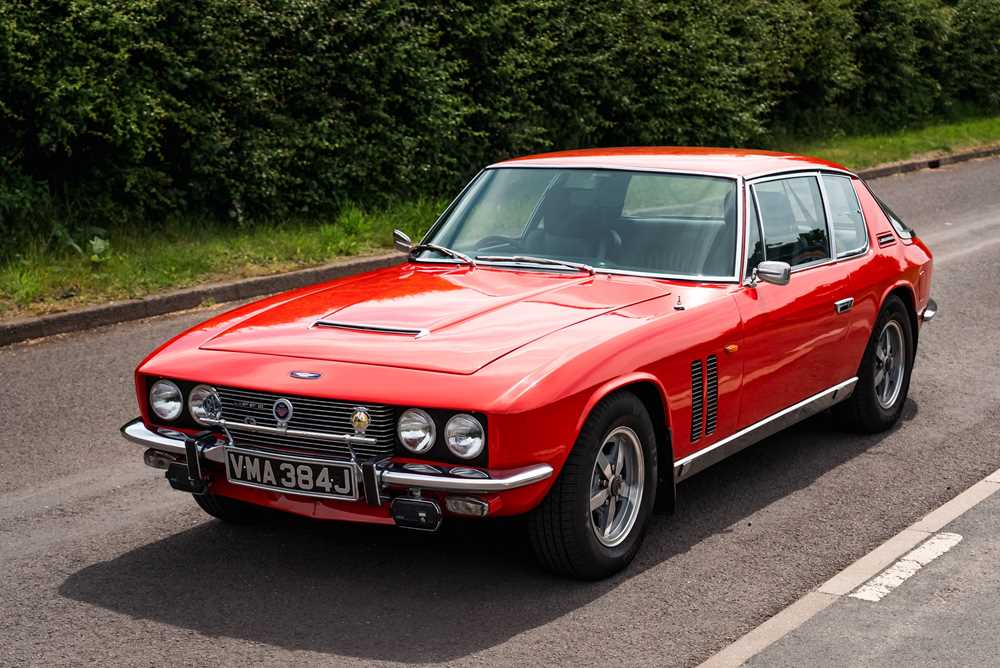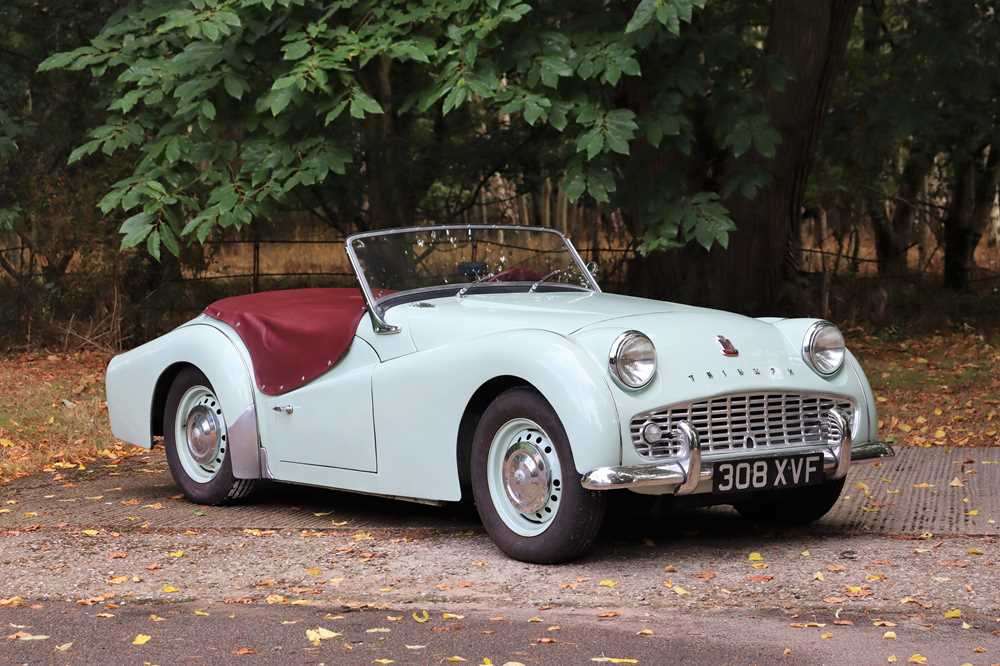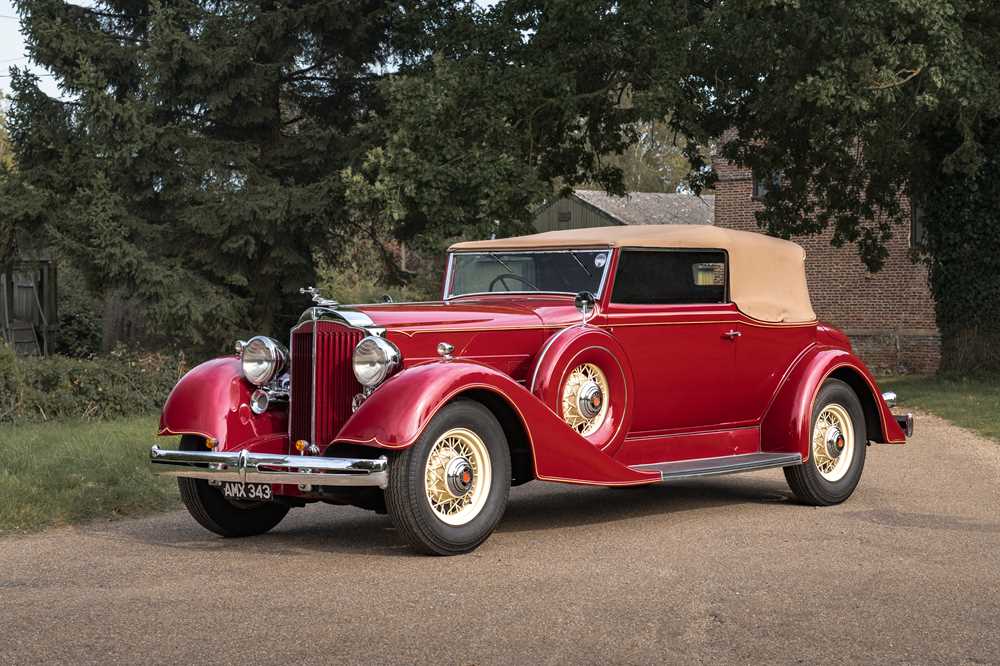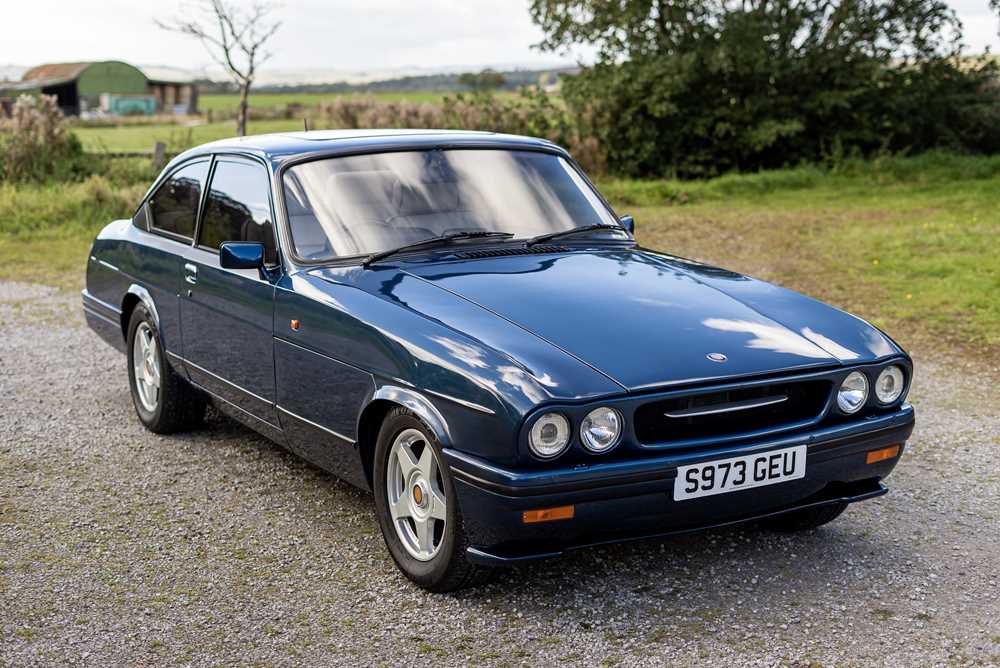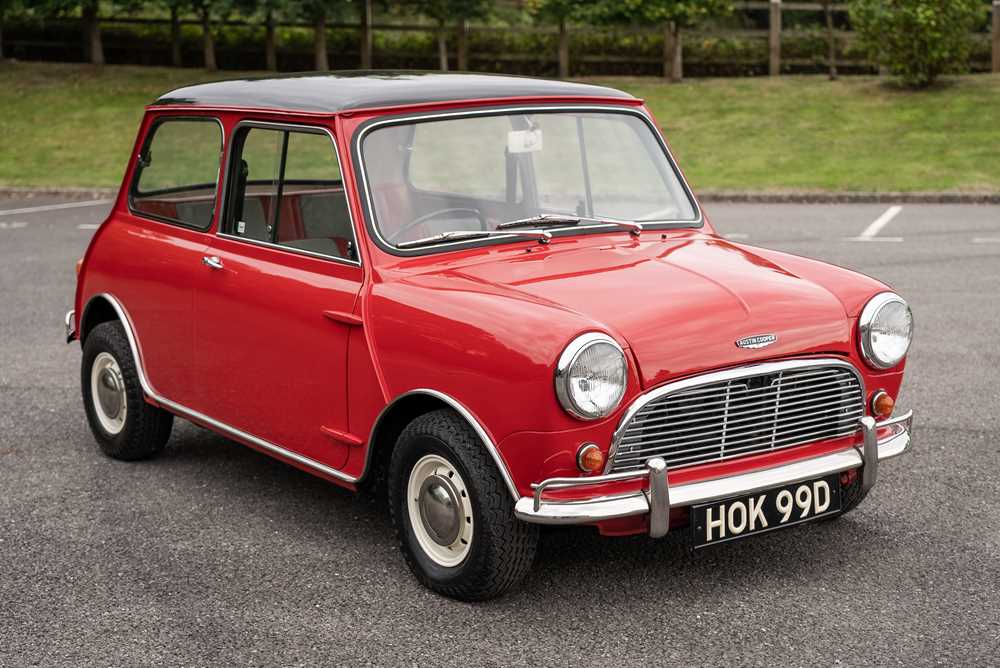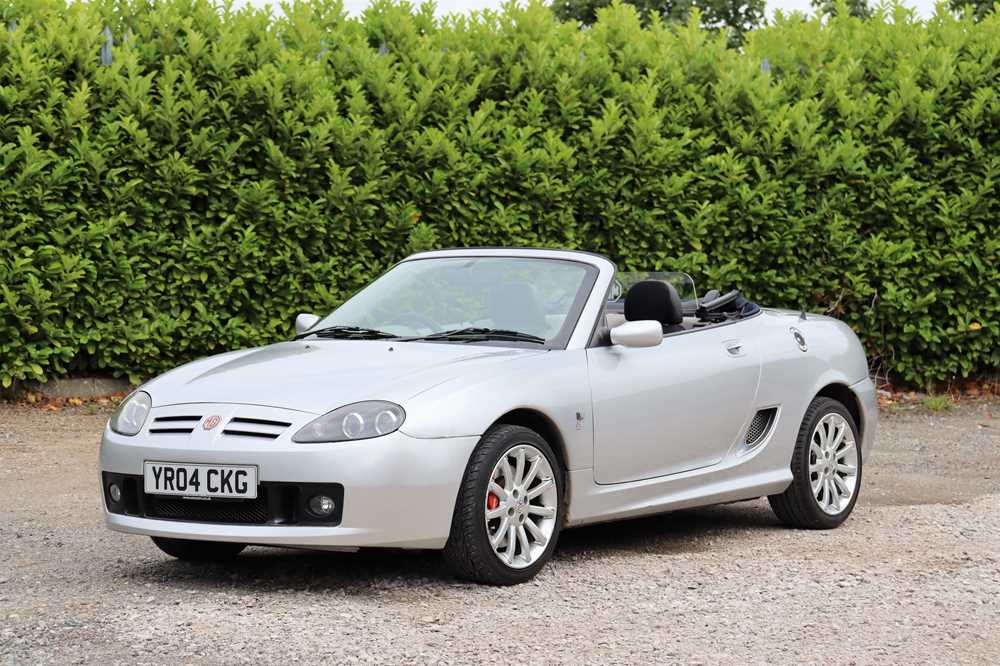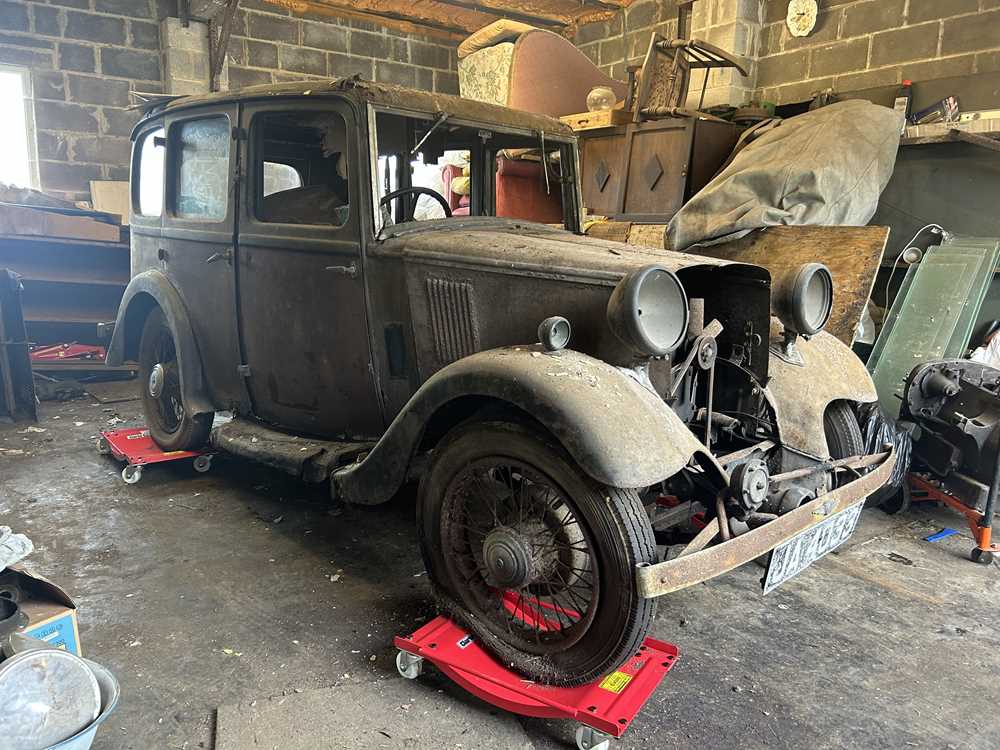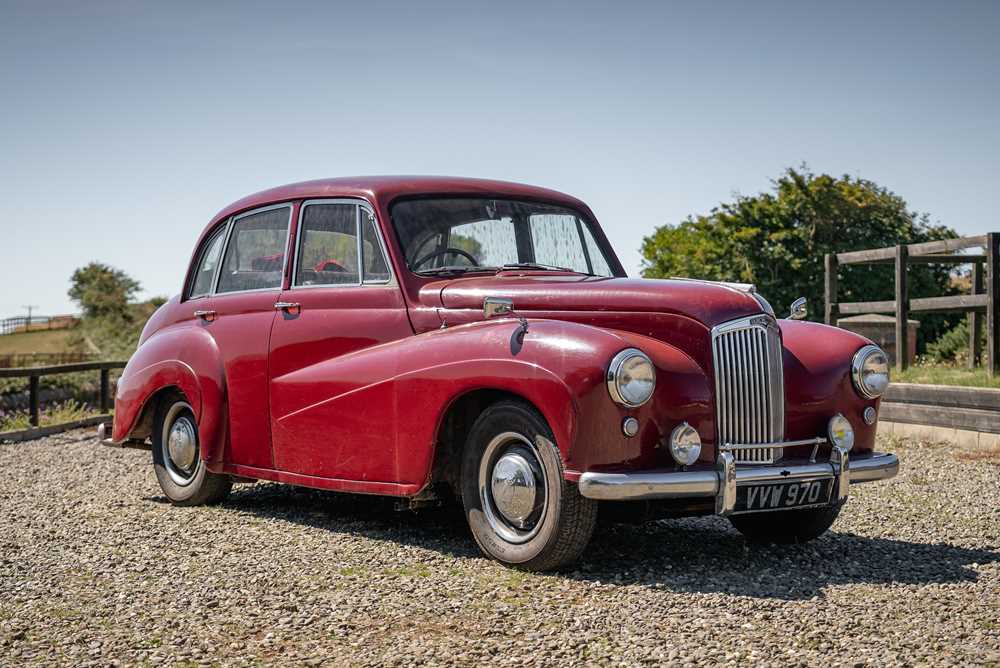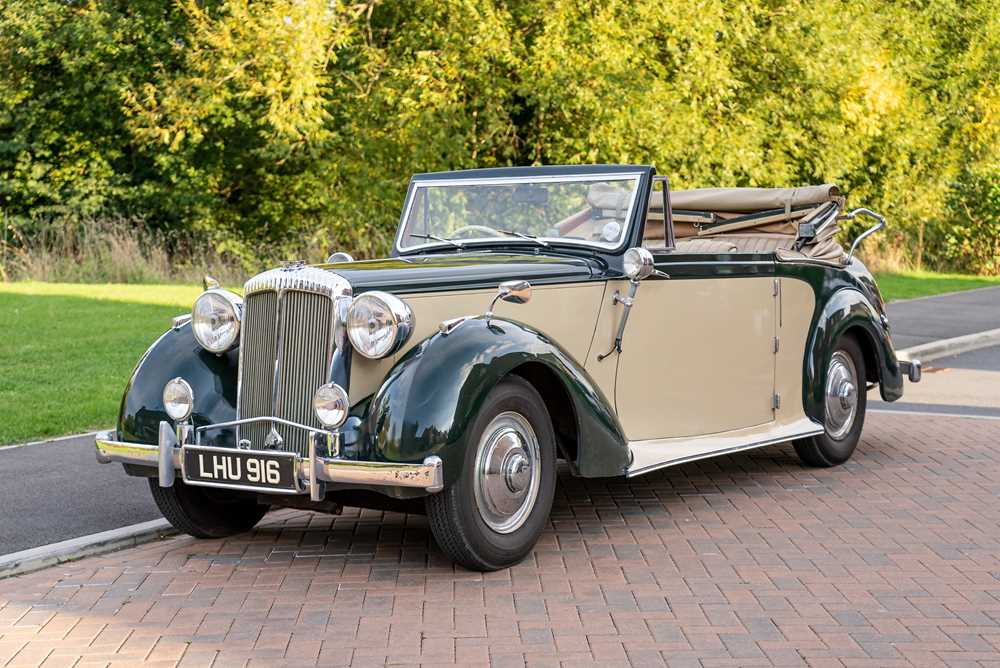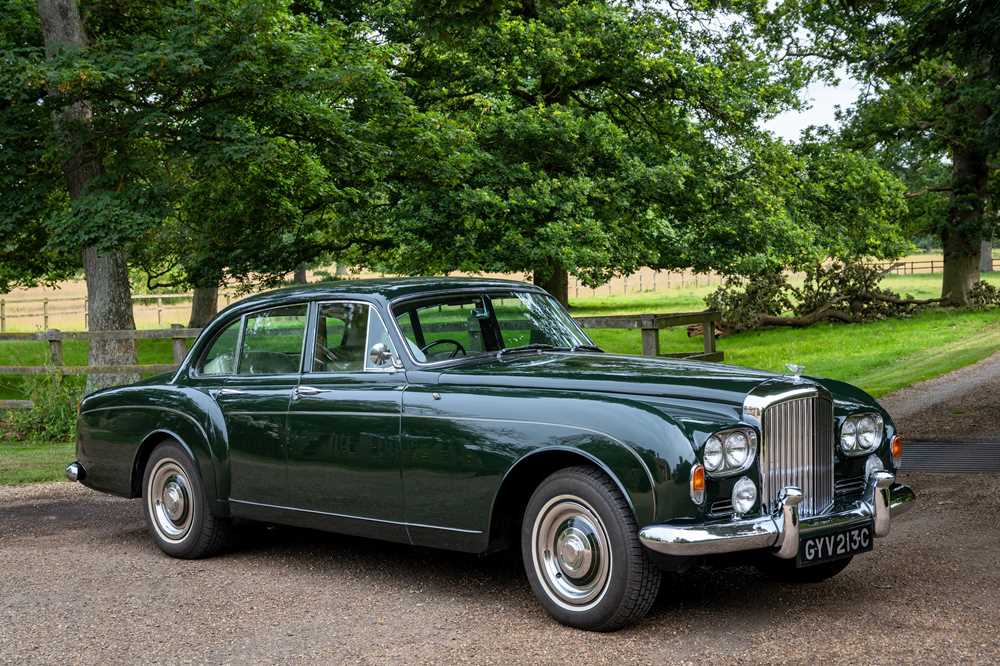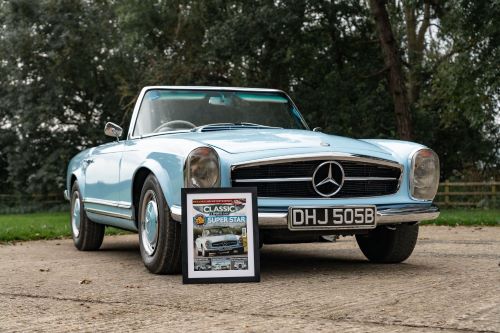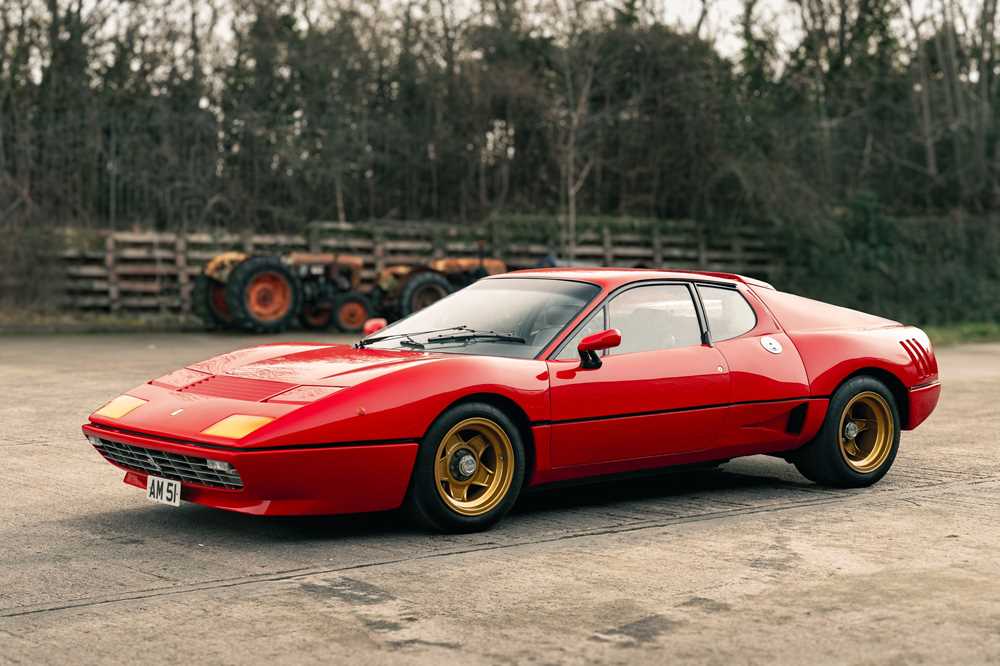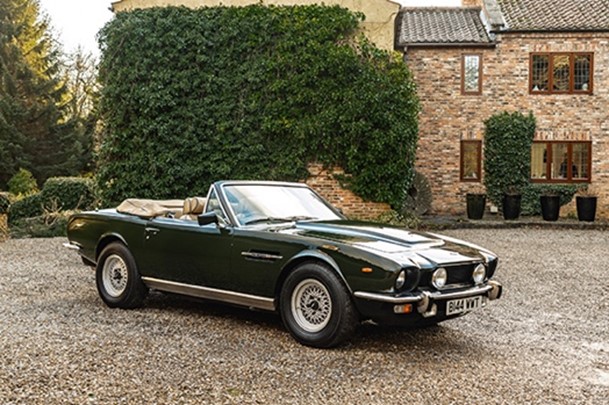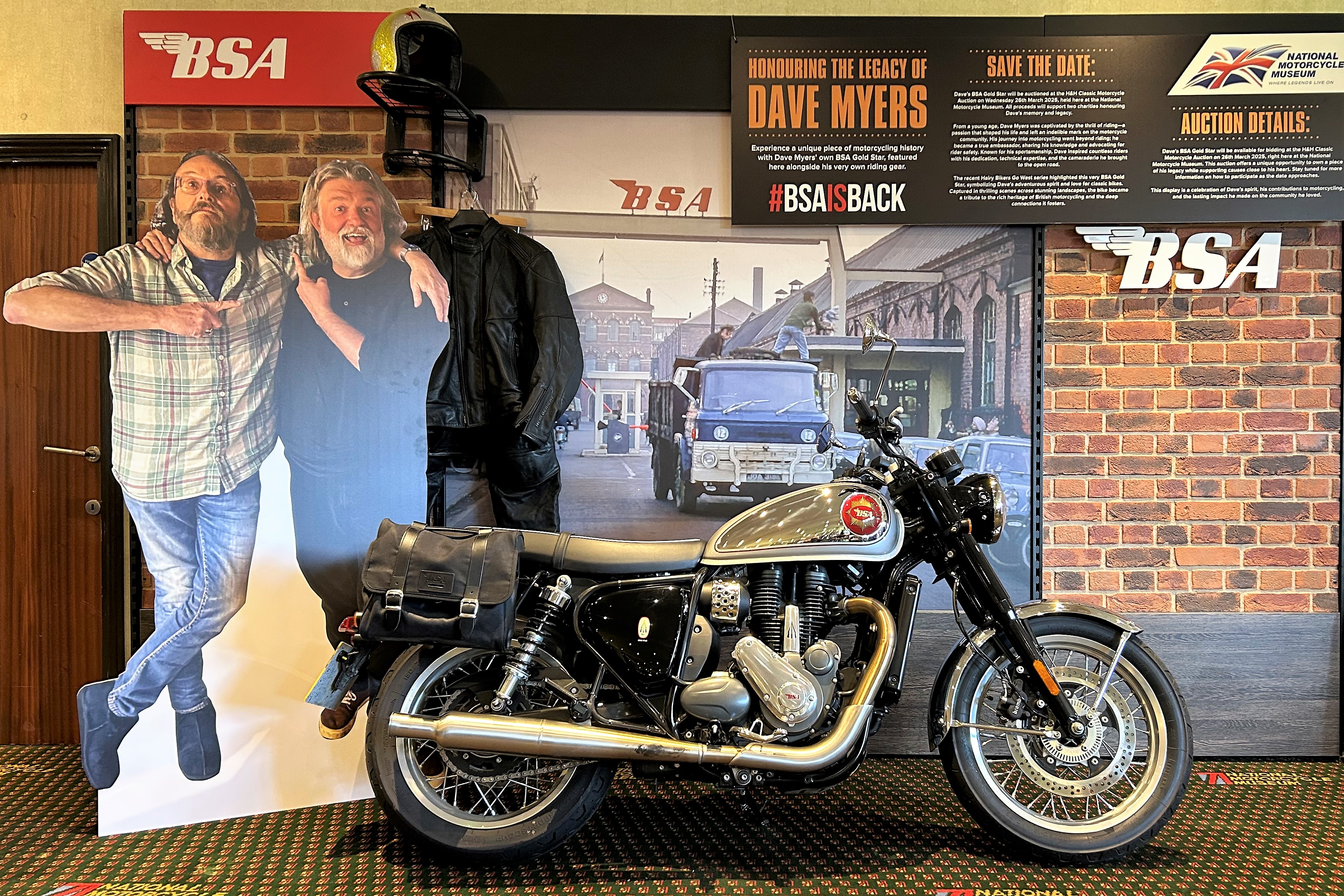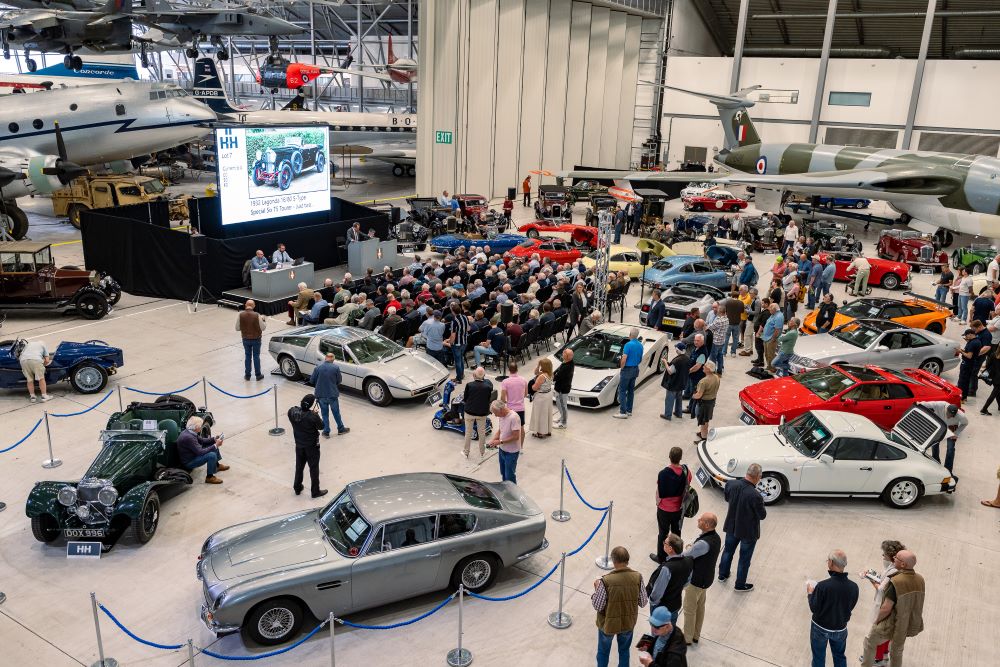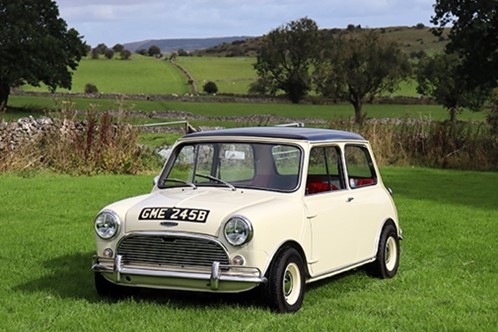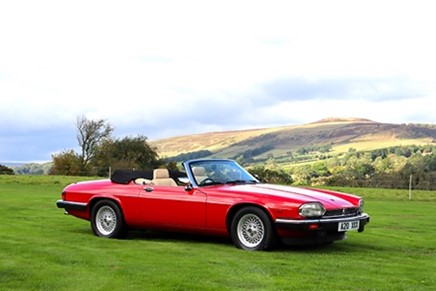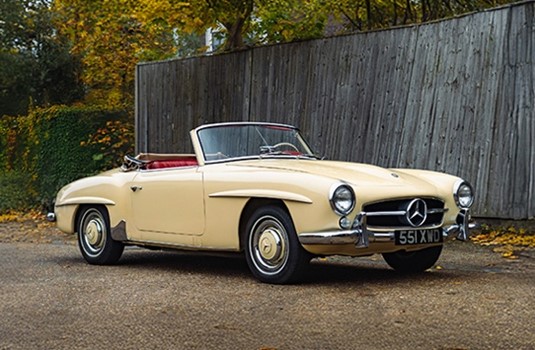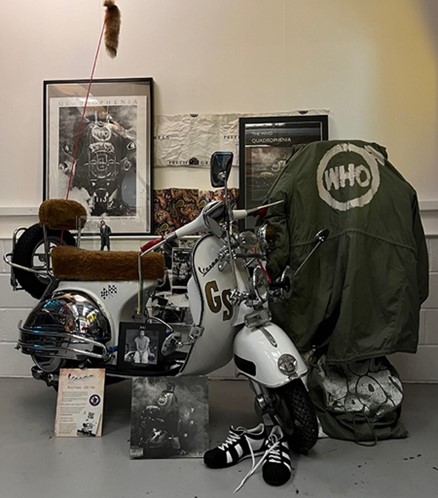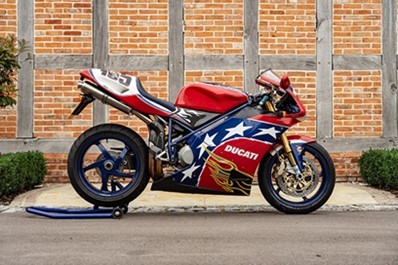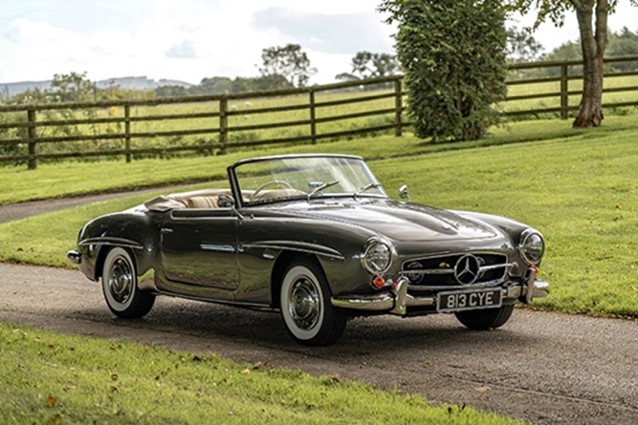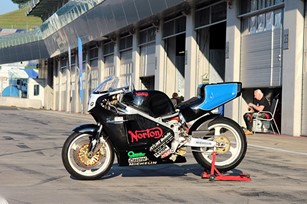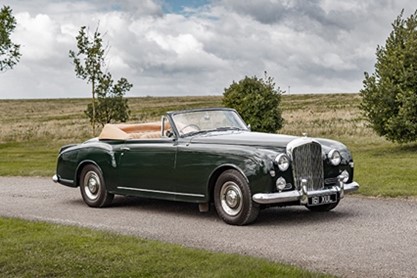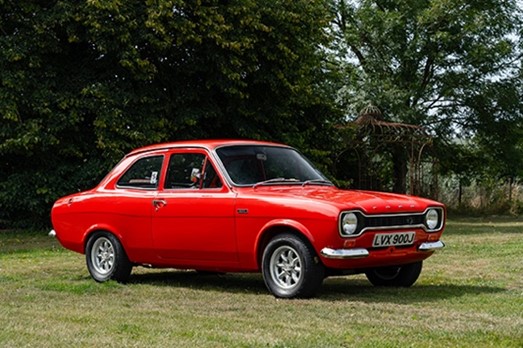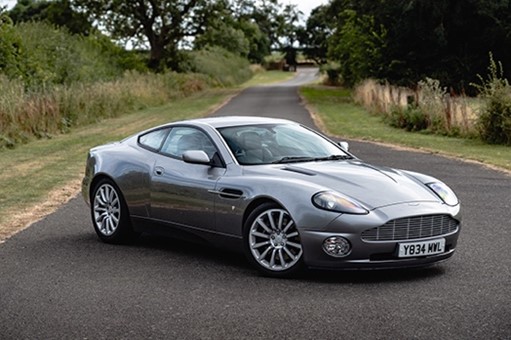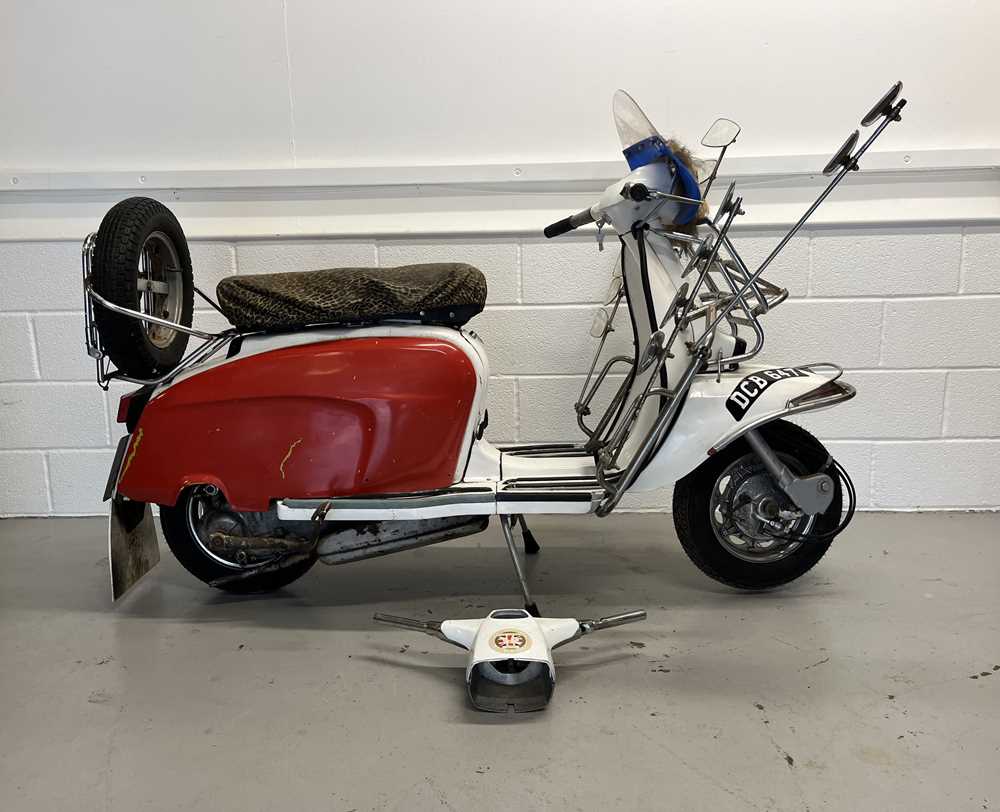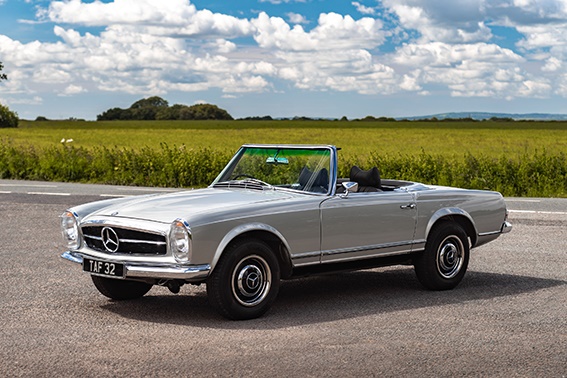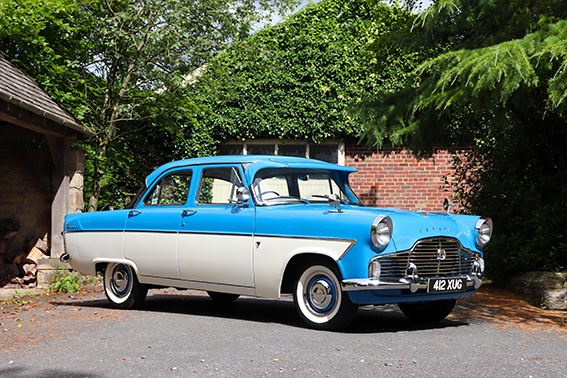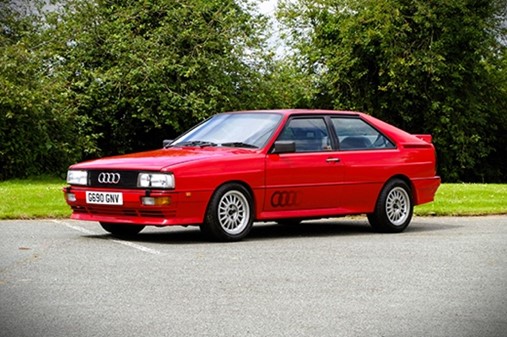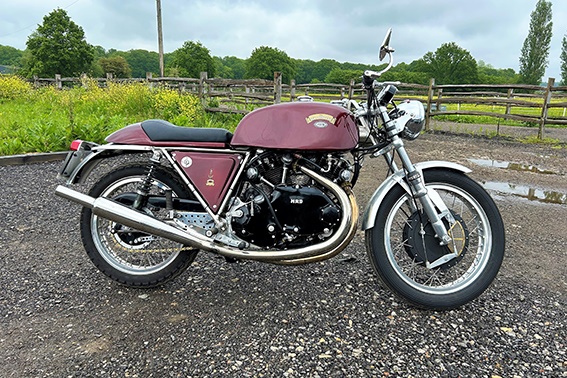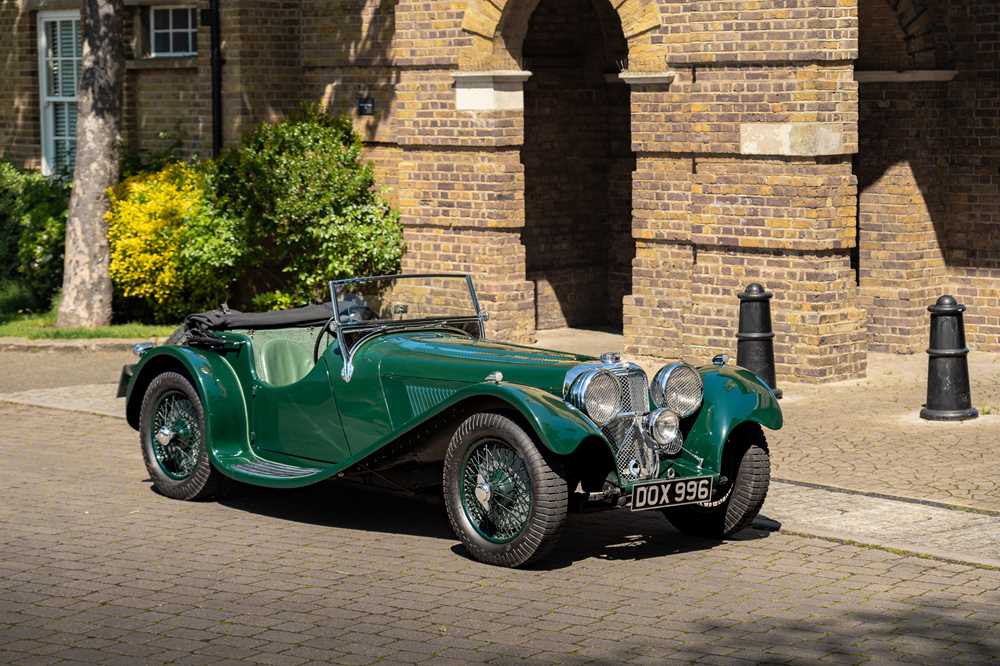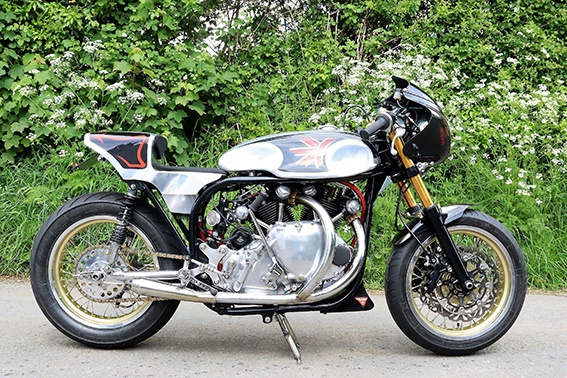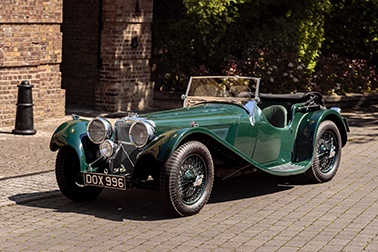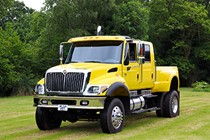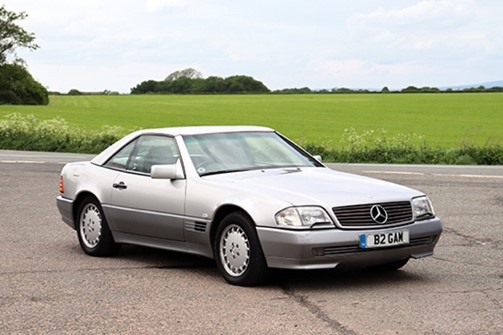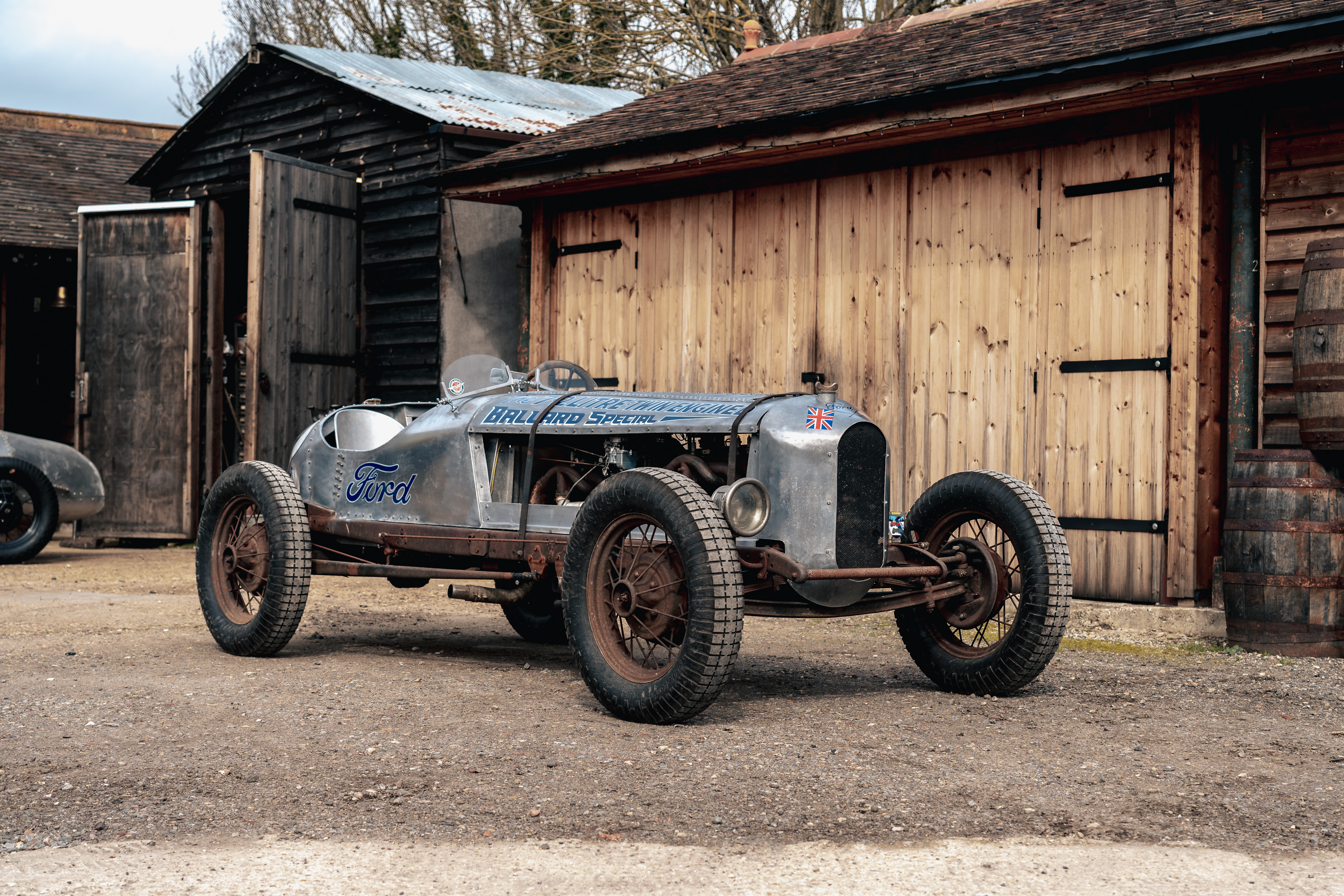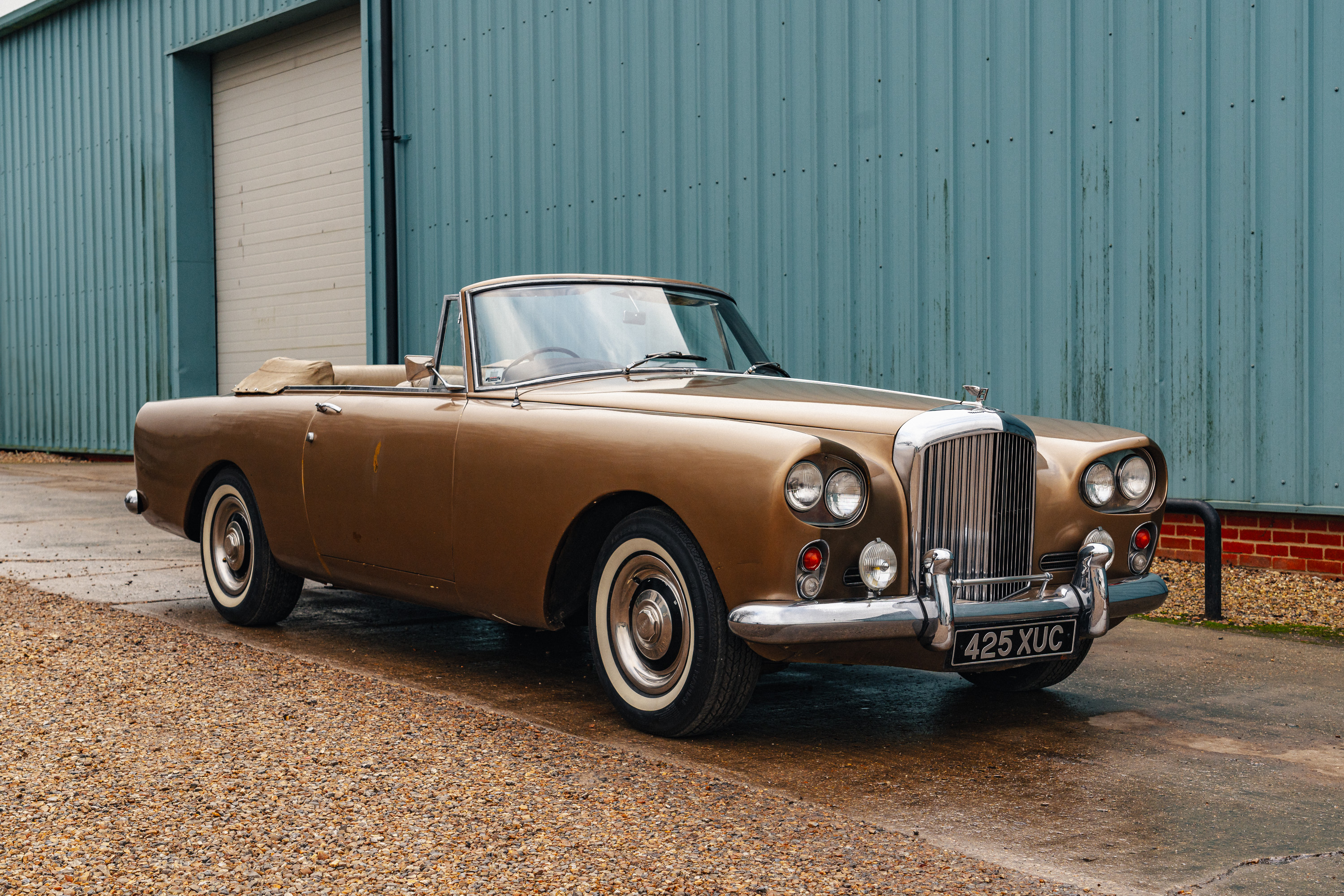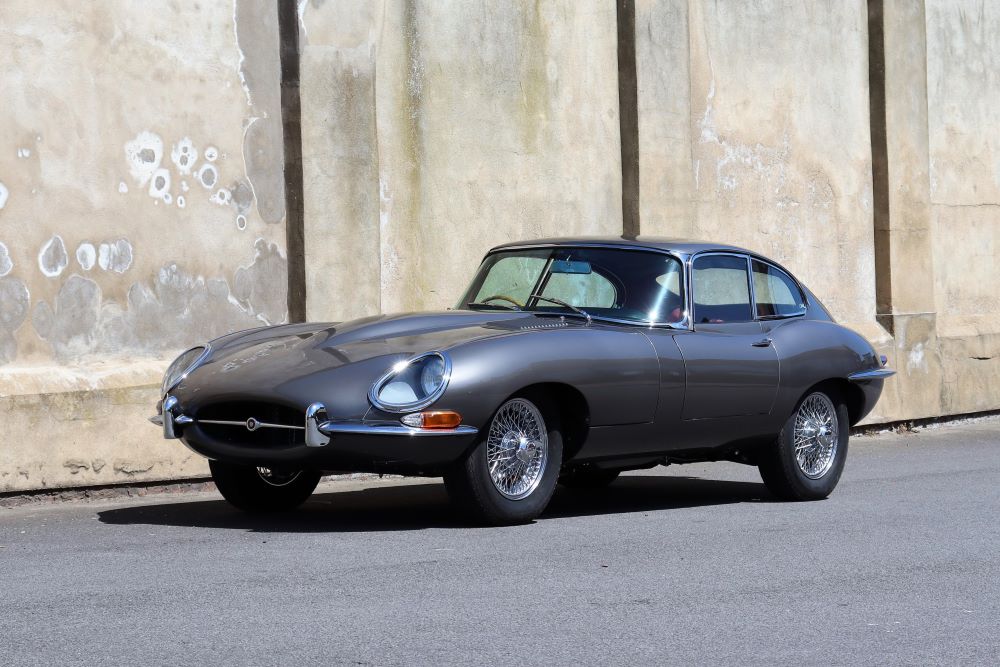13th Mar, 2024 13:00
Imperial War Museum | Duxford, Cambridgeshire
1926 Packard 426 Skiff Bodied Tourer
Expertly built by specialist wooden boat builder and restorer
Estimated at £60,000 - £80,000
Registration No: BF 7198
Chassis No: 103784
MOT: Exempt
- Exquisitely produced ‘Skiff’ style body made by a specialist wooden boat builder and restorer being completed in 2015
- Displayed at the prestigious London Concours of Elegance in 2021
- Multiple publication features including in Octane magazine
- Mechanically overhauled and minimal usage since completion of the build
- Fast and powerful with bodywork weighing only c.150lb, almost 1000lb less than the original!
Packard introduced the Single Six in 1921 as a smaller and more affordable alternative to the large V12 Twin Six. The 241.5 cubic-inch straight-six initially offered 52hp, compared to the 90hp produced by its much larger sibling. A tremendous improvement over the six-cylinder that powered Packards in the years leading up to World War I, the new six produced nearly as much power as its pre-war predecessor but with half the displacement and half the weight. The Second Series, introduced in December of 1923, had four-wheel brakes and also gained a service-brake-activated stoplight, a rearview mirror, and a divided windscreen with wipers. By the time the Fourth Series was introduced in August of 1926, the six-cylinder engine received a new 'Turbo-Head' with redesigned combustion chambers, new aluminium pistons, and a redesigned intake manifold resulting in an increase in horsepower to 81bhp.
Skiff coachwork was designed by Carosserie Jean-Henri Labourdette and featured a boat design, with mahogany wood fastened by copper rivets. The 'Skiff' structure was built similarly to traditional naval carpentry methods, with the mahogany body fixed to the frame and a rear 'boat-tail' shape. Labourdette's Skiff bodies were applied to many different cars including Rolls-Royce, Hispano Suiza, Renault, Abadal, and Peugeot, among others, with the first 'Skiff-Torpedo' body style created by Mr. Labourdette in 1912 and mated to a Panhard & Levassor chassis. It was built for Rene de Knyff of France who was part of the noble class known as Chevalier.
Chassis ‘103784’ was originally produced with Sedan coachwork (on the shorter of the two Packard chassis) and resided in the United States of America which, at some stage of its life, was unfortunately fire damaged. This, however, resulted in it presenting itself as a prime example for the vendor's project of producing a ‘Skiff’ bodied special. Inspired by the beautiful mahogany Labourdette Skiff-bodied cars, the vendor decided to put his specialist expertise in wooden boatbuilding and restoration to good use and produce a ‘Skiff’ bodied Tourer of his own. Arriving on British shores in autumn 2010, the Packard was notably complete allowing many of the original Packard body fittings to be utilised in the build.
The matching numbers engine had already been overhauled in America, but the radiator was reimagined with 2 ½ inches removed from the height, the steering column rake lowered, and the pedals lengthened. Without the heavy coachwork, the chassis stood very high on the springs, so they were re-engineered with two inches removed by Midlands Motor Springs. The Skiff body was designed from scratch by the vendor, being built with the same construction methods as boats, being based on an oak bottom frame that was rubber mounted on the chassis, using the original mounting points where possible. With the engine in place, a ‘mock-up’ body was produced with plywood frames and batons to denote the position of the radiator, the firewall and the shaped ‘stern post’. Notched top and bottom rails were carefully secured in position and temporary horizontal batons were fixed to the firewall, frames and stern post. Small oak ribs were then fastened into the notches vertically. An inner diagonal layer of 2mm thick West African mahogany was tacked into position.
Over the diagonal inner skin another 2mm horizontal layer of mahogany was laid and glued with epoxy resin and fastened through both layers to the oak ribs with small copper boat nails. Screws were used to fasten the firewall framing and stern post. The same process was applied to the rear decking, with the additional complication of the lift-off cover of the storage space behind the seats and the position of the fuel filler. The vendor took extra care in tracking down the right type of mahogany with the correct colour and grain, with ‘new/old stock’ screws throughout, with the flooring in teak and the decorative wood sycamore. Fifteen coats of yacht varnish were applied by brush and a door included on the driver’s side.
In the dark about the wings, only on the famous ‘Tulipwood’ Hispano-Suiza H6C bodied by Nieuport had the vendor seen elaborate wooden wings. First, he produced a wooden former for the front and back ones, then out of a solid block of mahogany, he formed the outer edge. Cross ribs were then fitted and covered in the same way as the body, with the wings having a slight cant to them. The windscreen was made to the vendors design, using the skills he had learnt as an apprentice at Rolls-Royce. Furthermore, the vendor had previously designed and produced hoods for motor launches, and that knowledge was utilised to Skiff’s weather protection, with the hood sticks produced in steamed ash. The bench seat and cushions were trimmed in marine grade leather.
The step, other brackets and fittings, and bumper modifications were all of the design of the vendor, and a new wiring loom was supplied from the United States, with the headlamps renovated, and the bonnet completely manufactured from new and finished in semi-gloss Black, and the chassis in gloss Black. A very high quality of craftsmanship and finish is present throughout, confirmed by the Packard taking the Pride of Ownership award at the 2015 NEC Classic Motor Show. Used sparingly since the completion of the project, the vendor gets his satisfaction from the build process of the completion, hence the sale, but does note that the unity between a powerful engine and incredibly light (with the body weighing 150lb over the previous bodies 1100lb) yet very strong bodywork, makes the Skiff bodied Packard a very quick 1920s car!
Later displayed at the prestigious London Concours of Elegance in 2021, the Packard generated significant interest at both events and is guaranteed to turn heads wherever it goes! Featured in a number of motoring publications including The Automobile, Octane and Classic Car Weekly. Offered with build images, shipping documents and documentation relating to the registration, copy of the New Jersey title, and copies of the publications. With the possible idea of another project on the cards, the Packard is a fantastic piece of automotive and woodwork craftsmanship!
For more information, please contact:
Paul Cheetham
paul.cheetham@handh.co.uk
07538 667452
Auction: Imperial War Museum | Duxford, Cambridgeshire, 13th Mar, 2024
An auction of classic, collector and performance motorcars to be held at the iconic and visually stunning Imperial War Museum, Duxford. Venue Details
To enquire about entering your classic or performance car into the auction please call our sales office on 01925 210035, email sales@HandH.co.uk or click here: Enter Your Classic Motorcar
All our professional valuations are complimentary and without obligation.
To take part in the live online bidding please click 'Register to Bid | Sign In' at the top of the page Register to Bid
Viewing
Tues 12th March from 12pm
Wed 13th March from 9am
All successful bids must be paid in full by midday the day after the auction at the latest.
You can collect your new pride and joy from our venue until 1pm the day following the sale or our partners are on hand to help arrange safe transportation:
Do you have an item to sell?
If so, contact one of our friendly specialists for your free valuation by completing the form below and someone will get back to you as quickly as possible.
If you prefer to speak to humans, don't hesitate to call our office on +44 (0)1925 210035
Other lots in this sale
